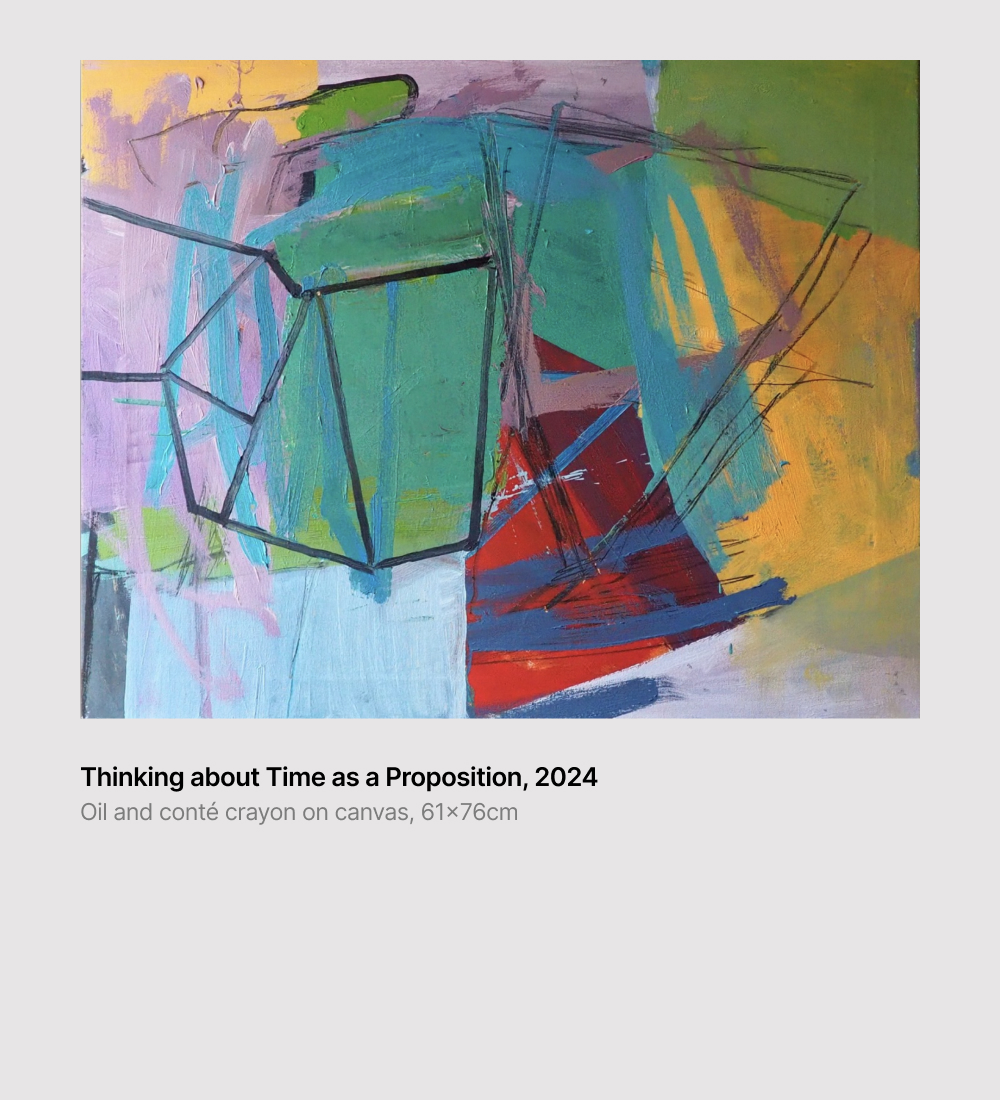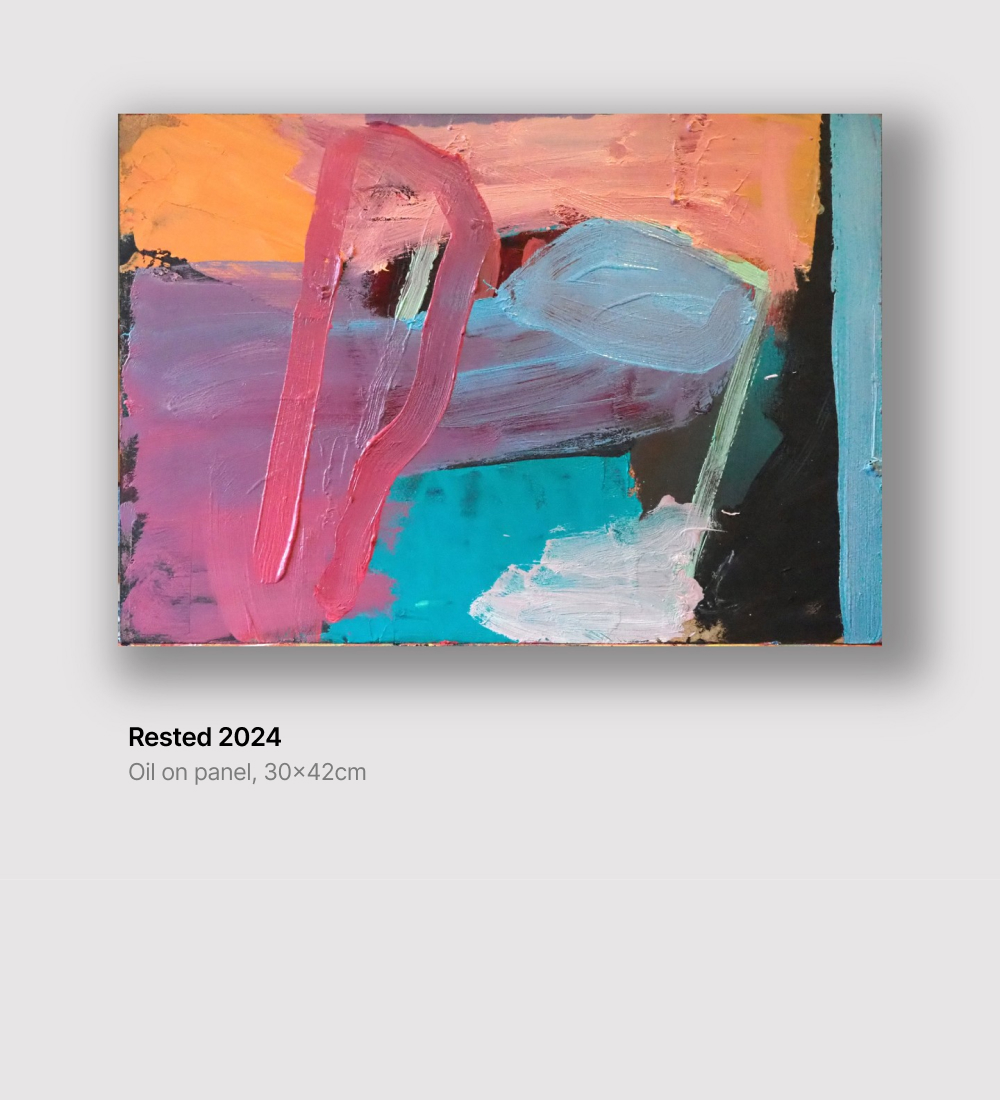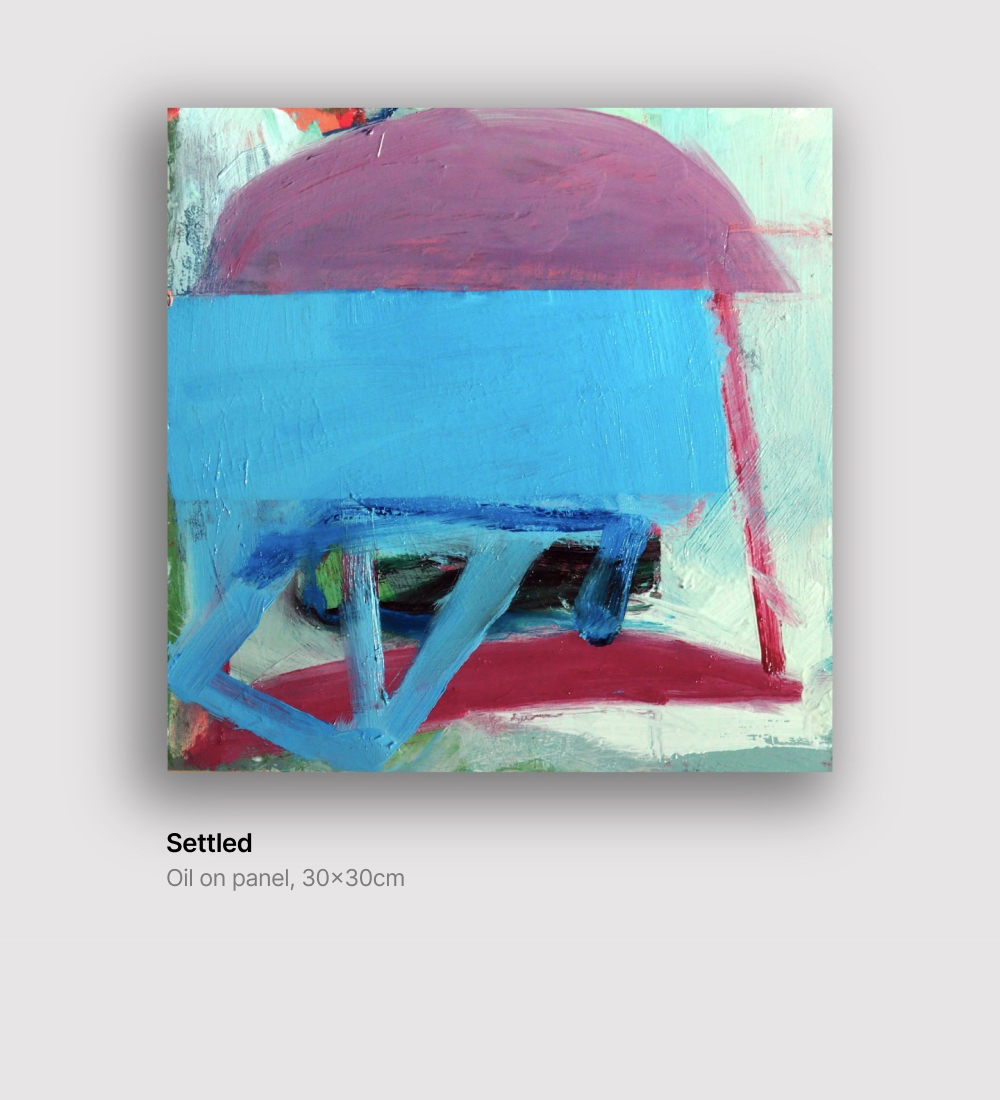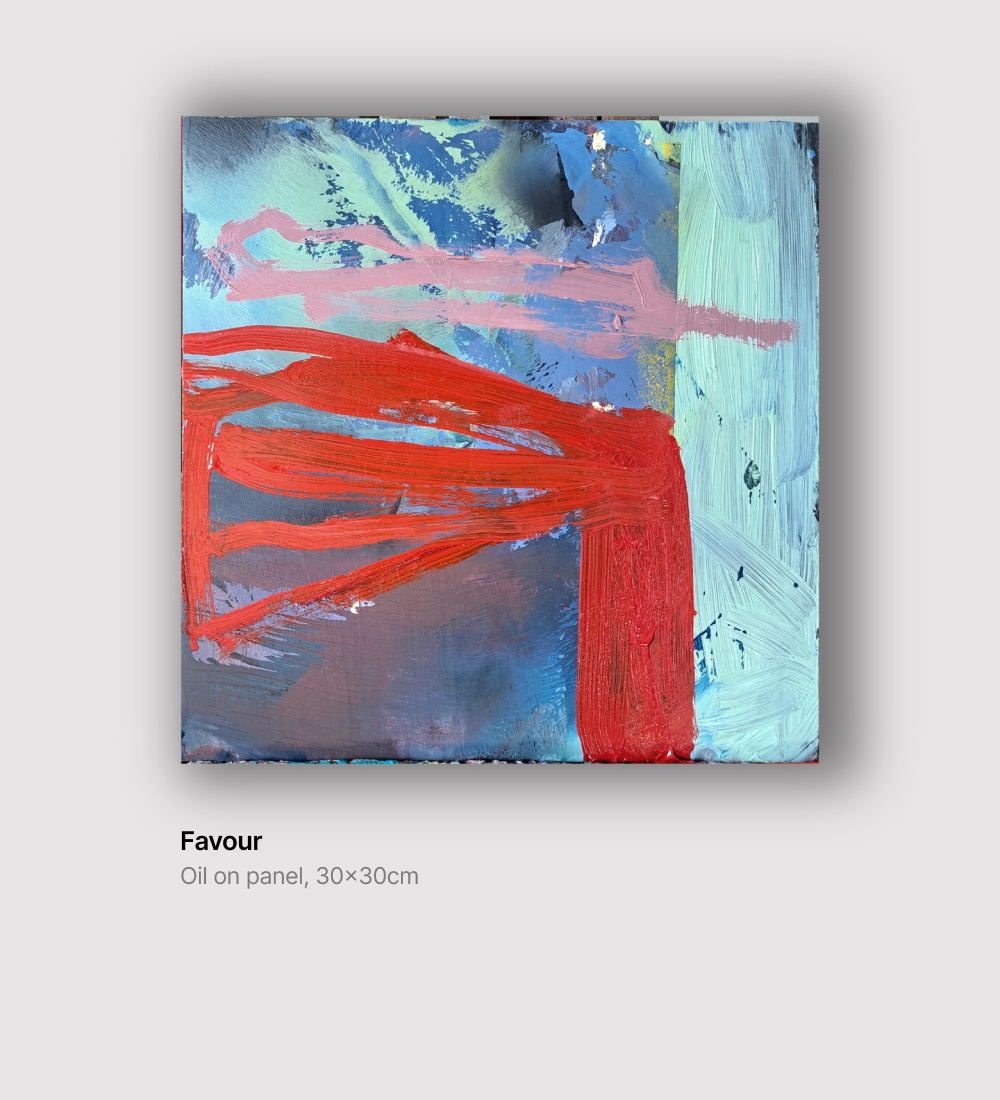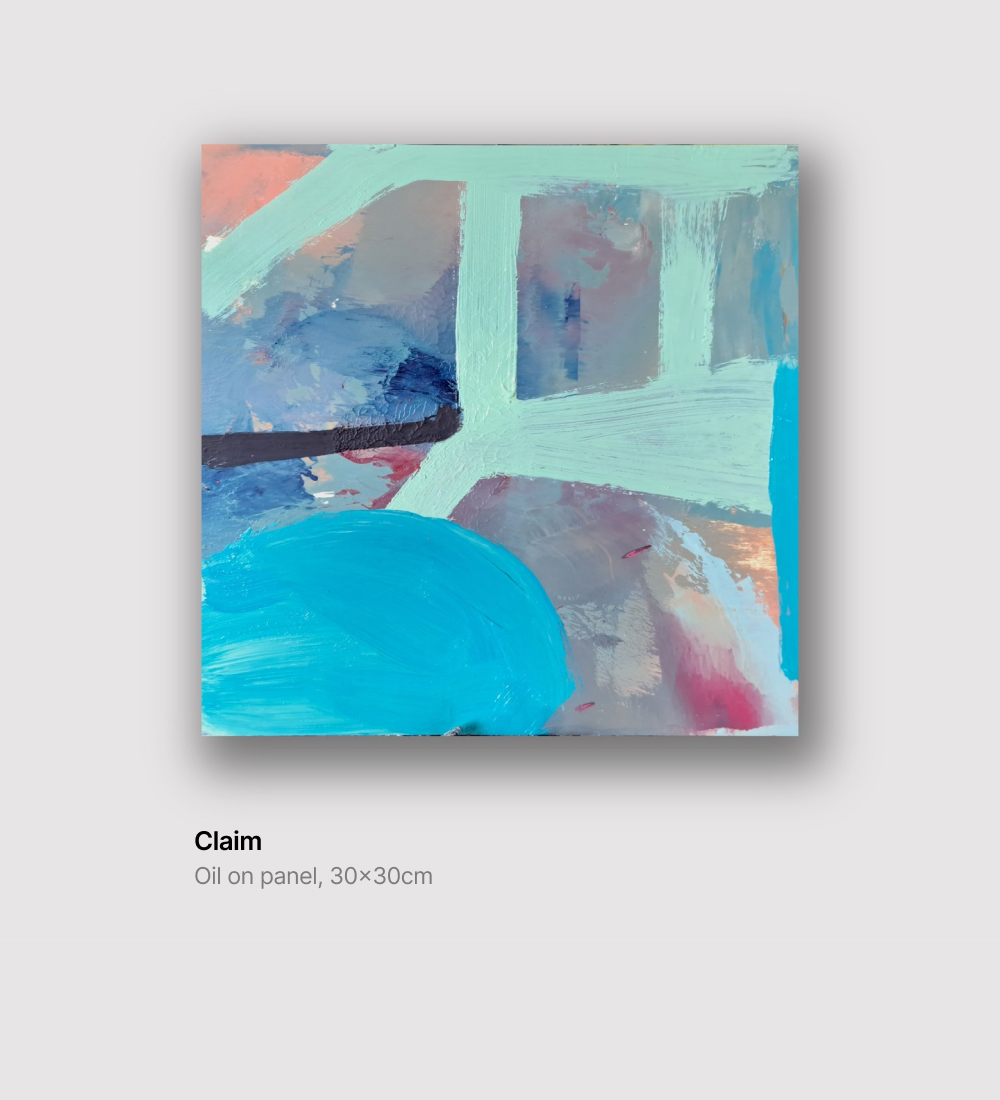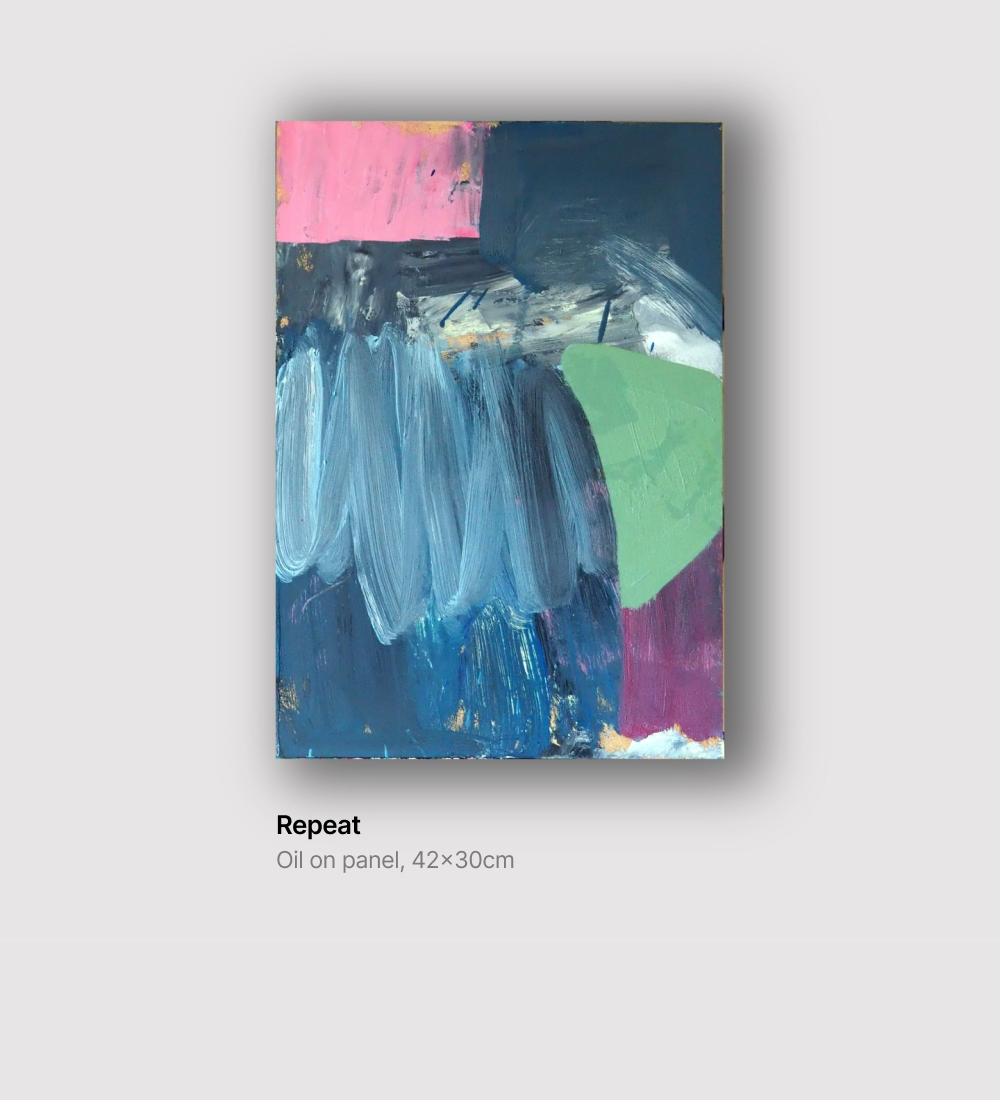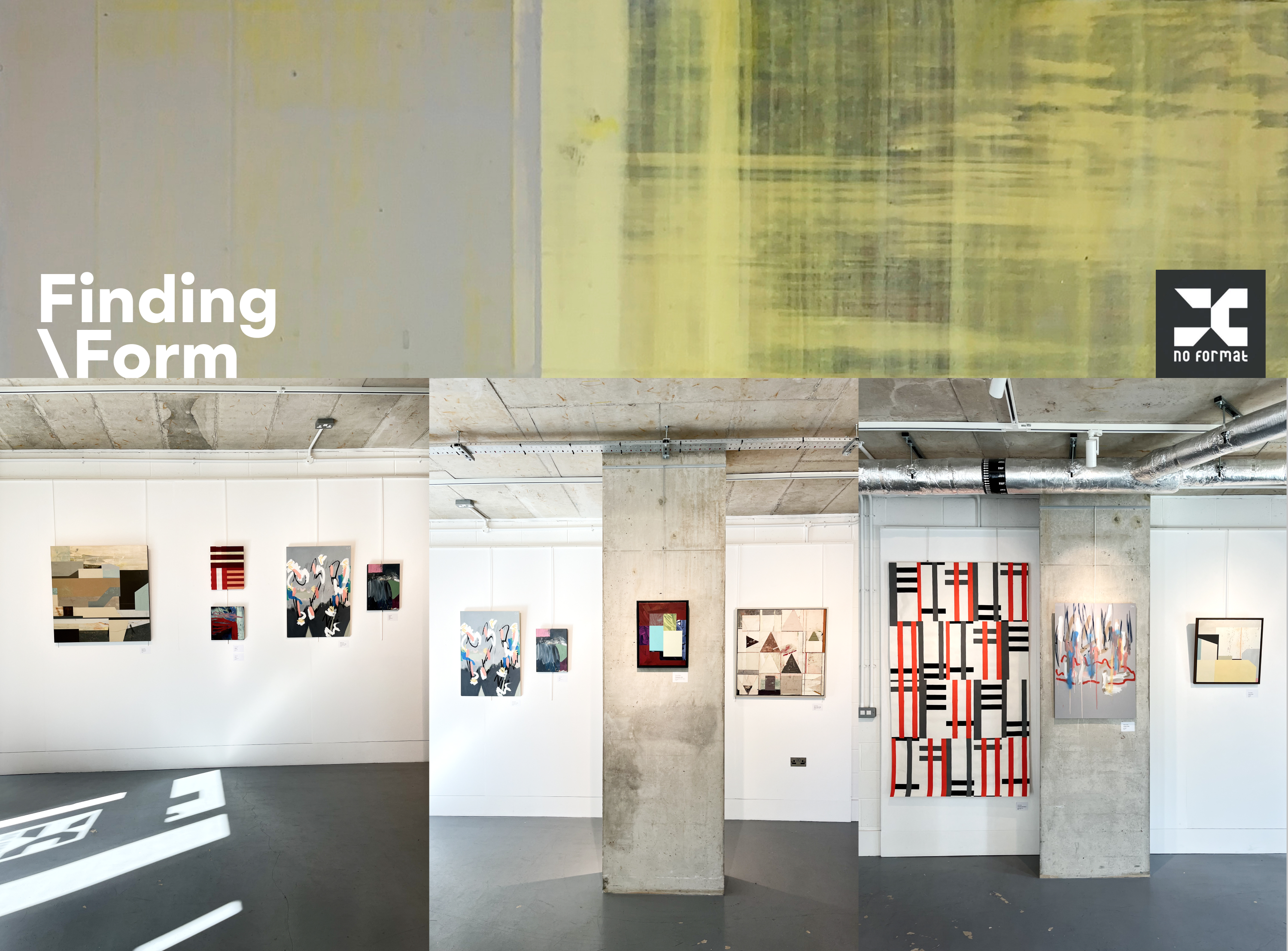

Finding\Form
![]()
We are delighted to present the exhibition Finding\Form at the no format gallery. A group show, presenting six artists curated by Sara Breinlinger and Stephen Keane.
Gesture has always been present in painting as an inevitable consequence of the process of painting itself. Paint placed on a surface retains evidence of the method of its application. With the advent of non-representational or "abstract" painting, artists began to understand that the mark and the gesture could carry meaning in their own right and, in so doing, become their own subject matter.
This raises other issues, of course. Perhaps the notion of the abstract expressionist gesture as emotion, passion, or expression now seems like only one possibility, and one to which we may no longer aspire. Contemporary abstract painting often takes a more provisional, less absolute, negotiated position between intention and chance, improvisation and planning, and even success and failure. It is this dichotomy that we will explore in this exhibition.
The show reflects ongoing conversations about these issues and explores possibilities in abstraction related to the ways in which gestures or marks become meaning. To this end, the artists, through expressive gestural abstraction or more hard-edged works, playfully subvert traditional conventions and explore the dynamic interplay between the intuitive/spontaneous and the planned/designed. Individual works might arise from a spontaneous interaction with materials and surface, only to develop intention as they evolve, or the exact opposite might be the case, where a plan is subverted by impulse and instinct. Often, a painting will iterate between both of these.
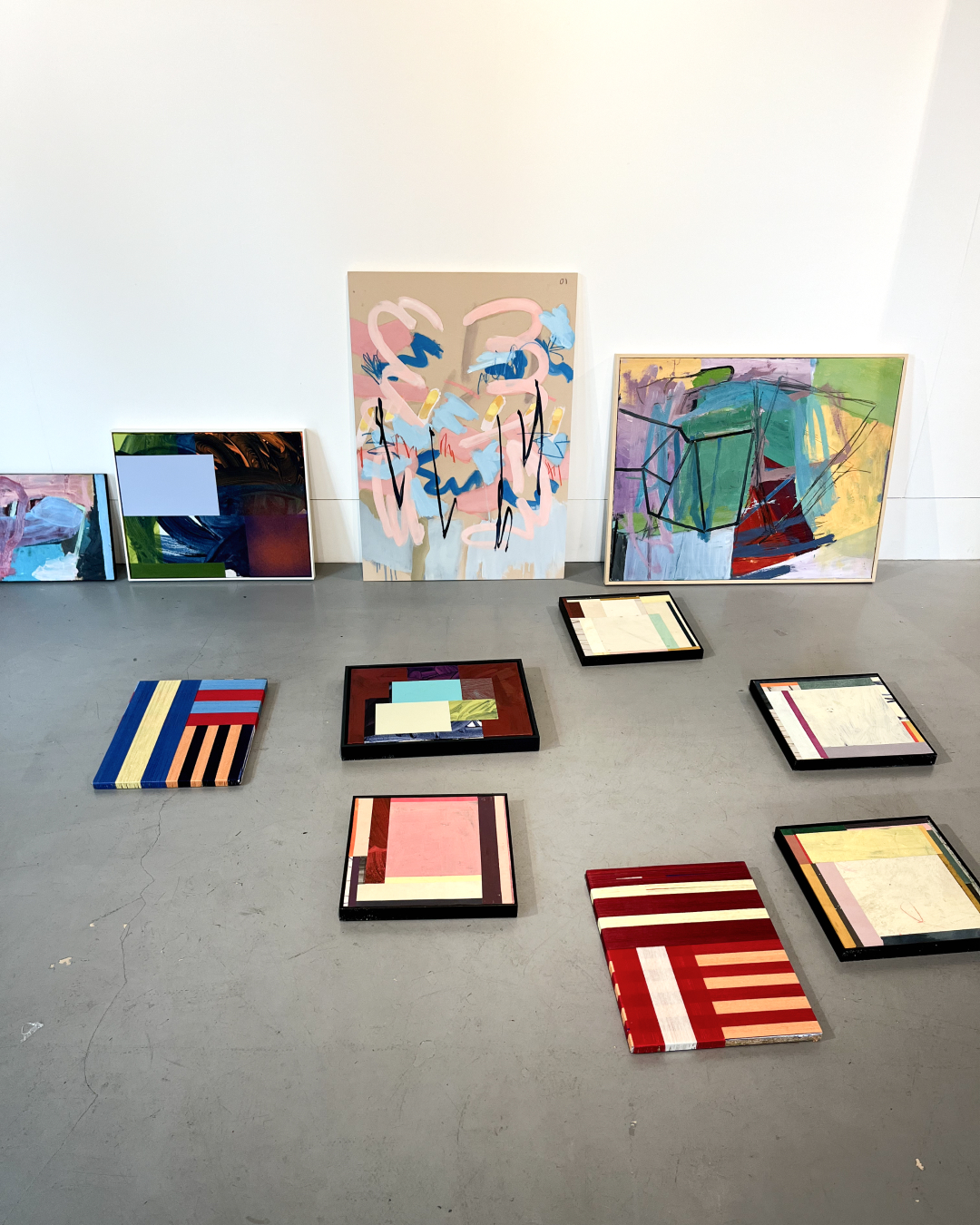
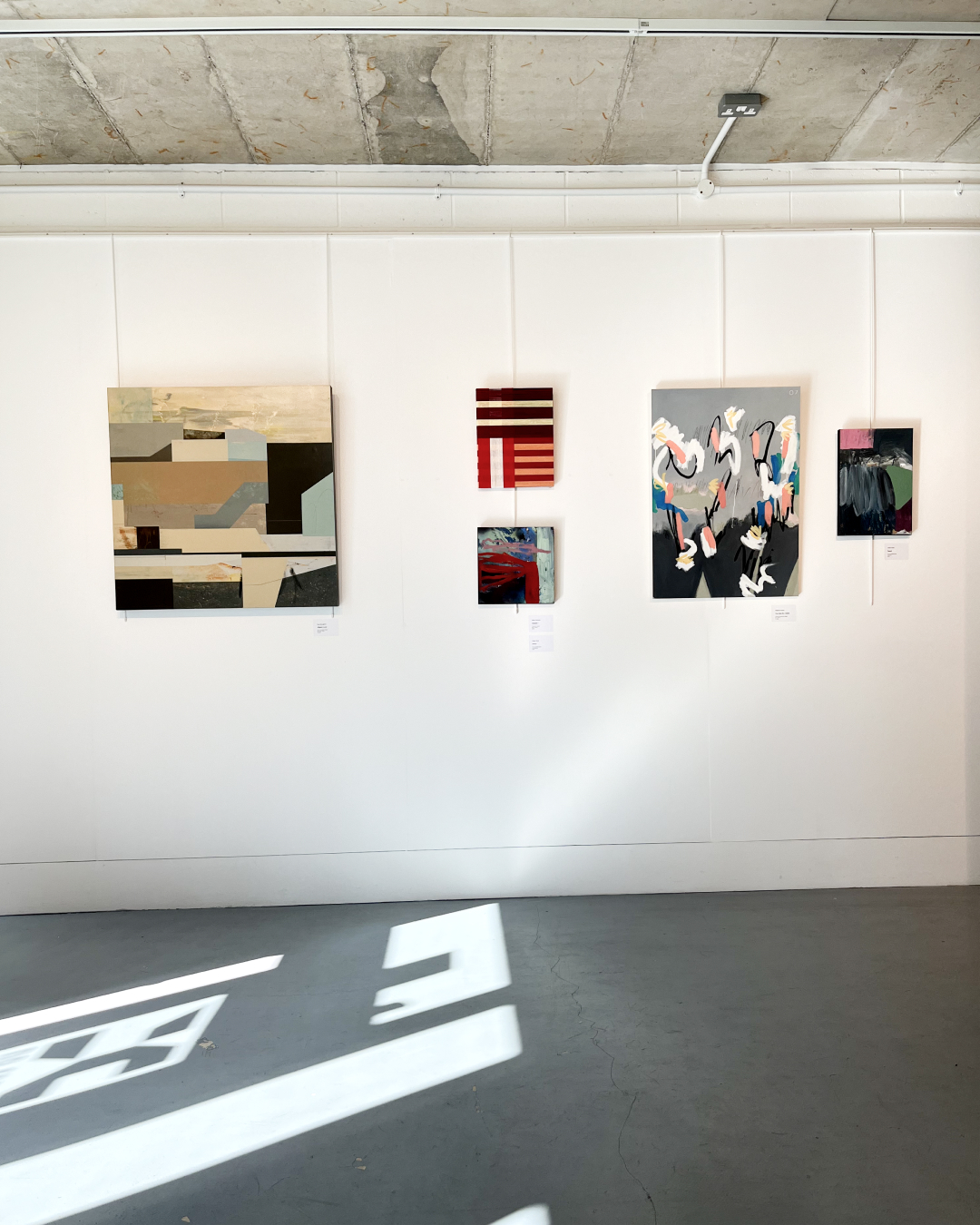
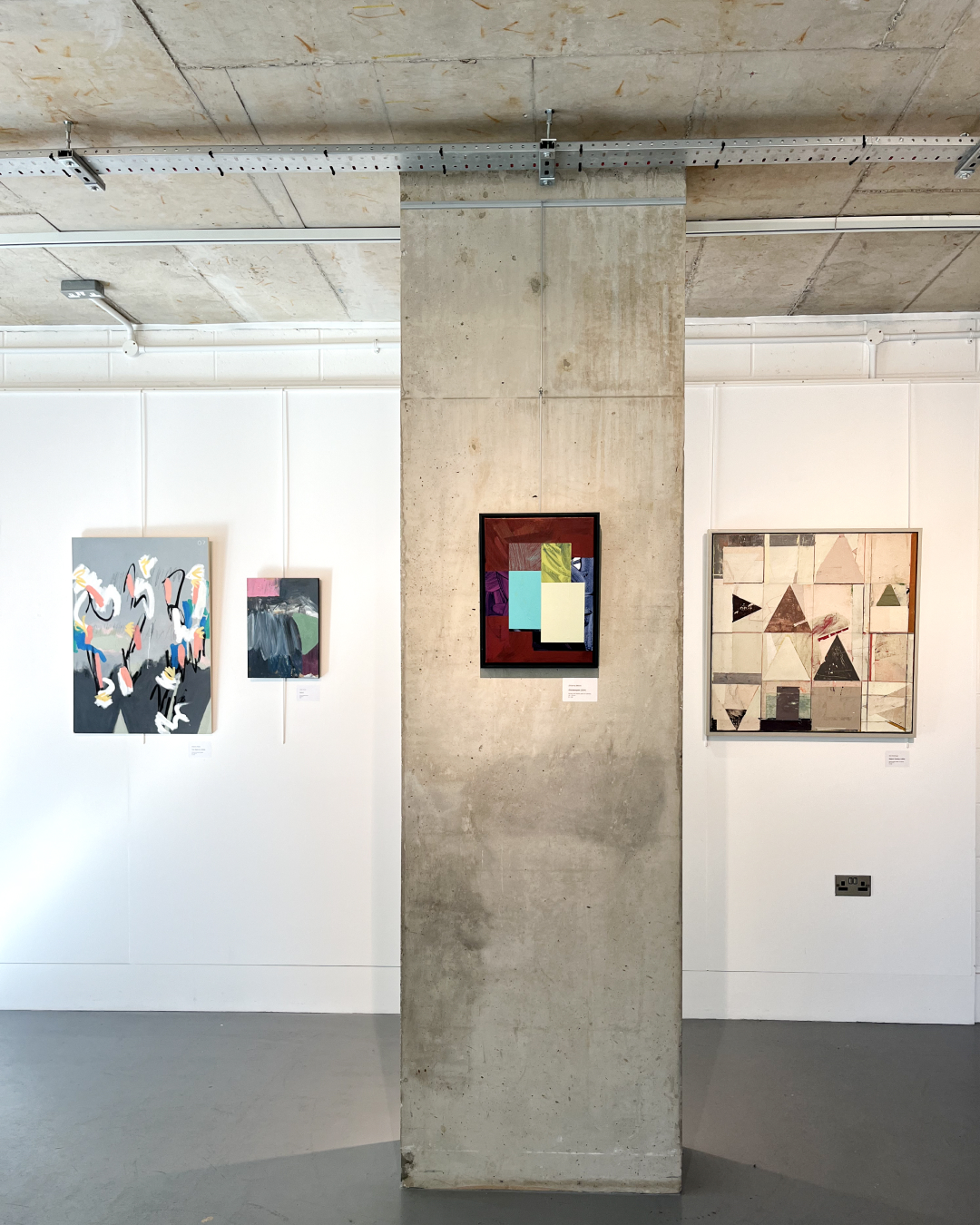
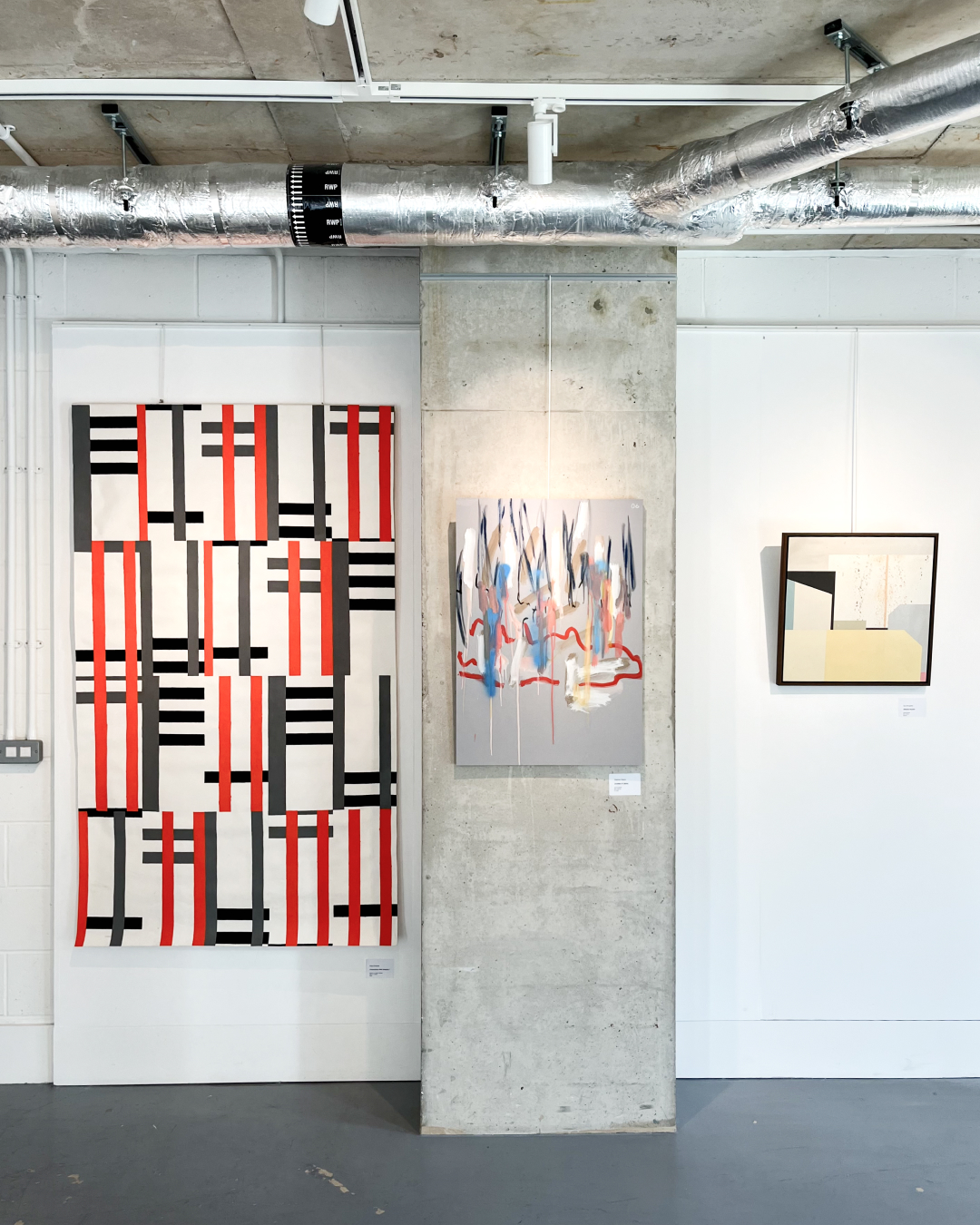
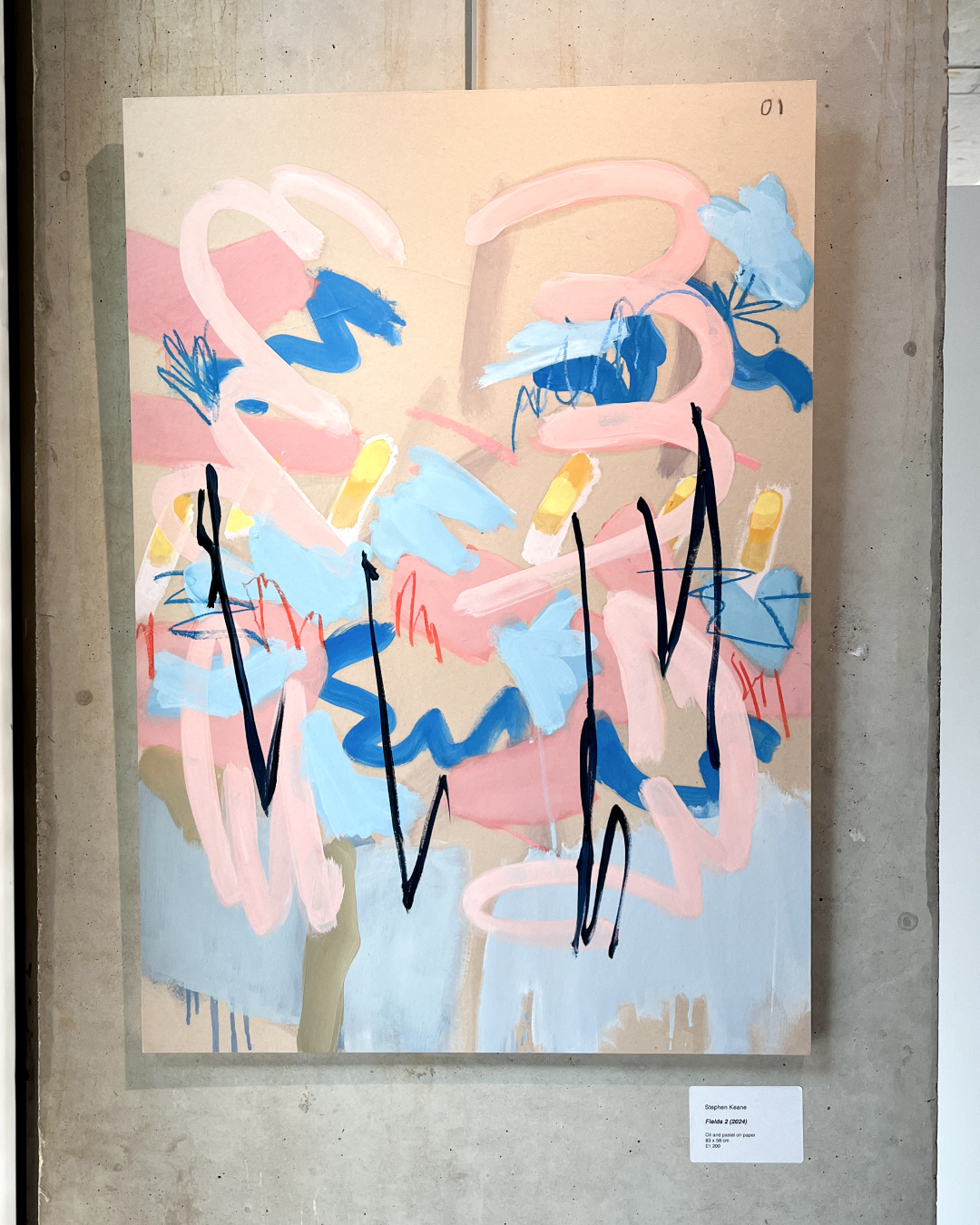
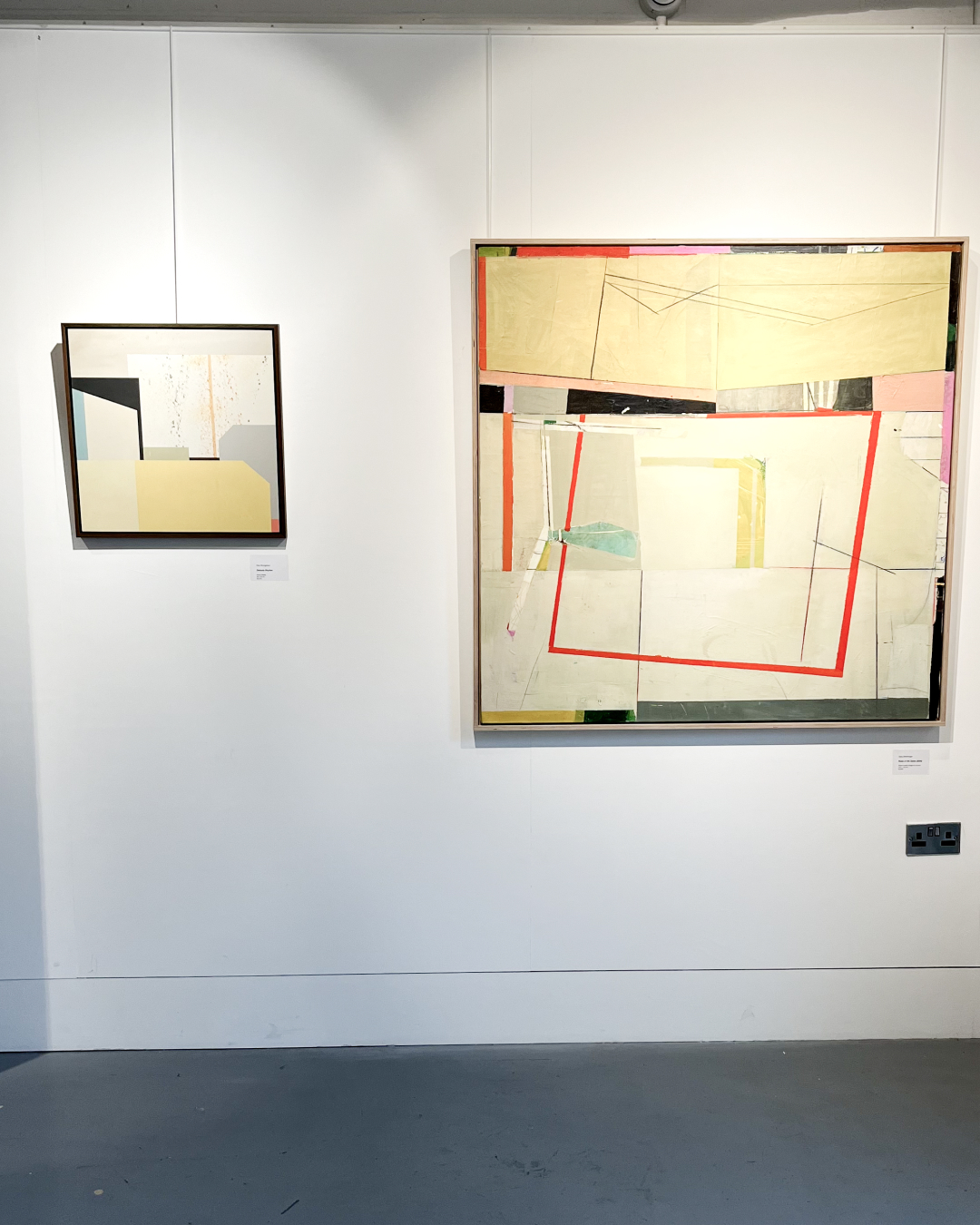
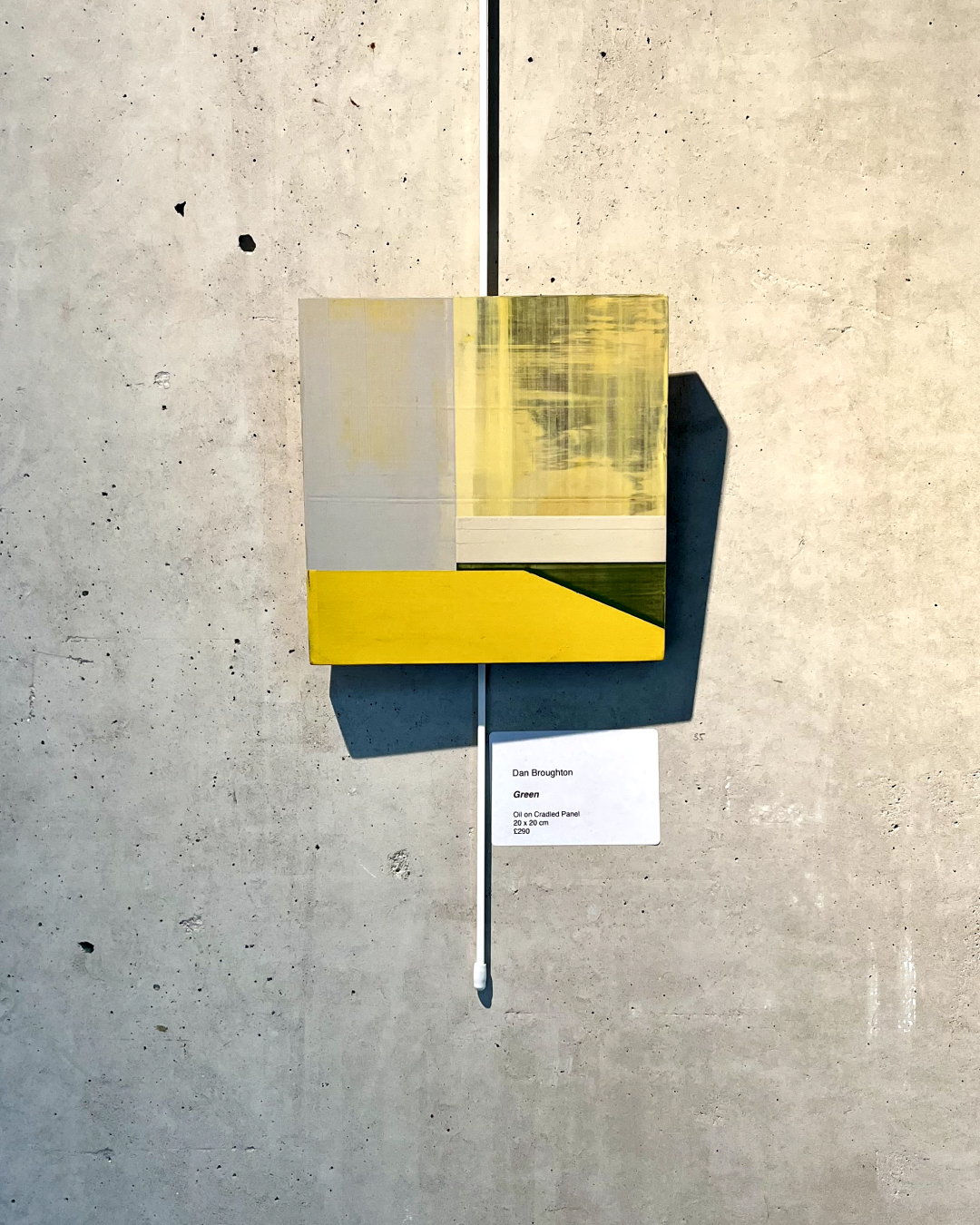
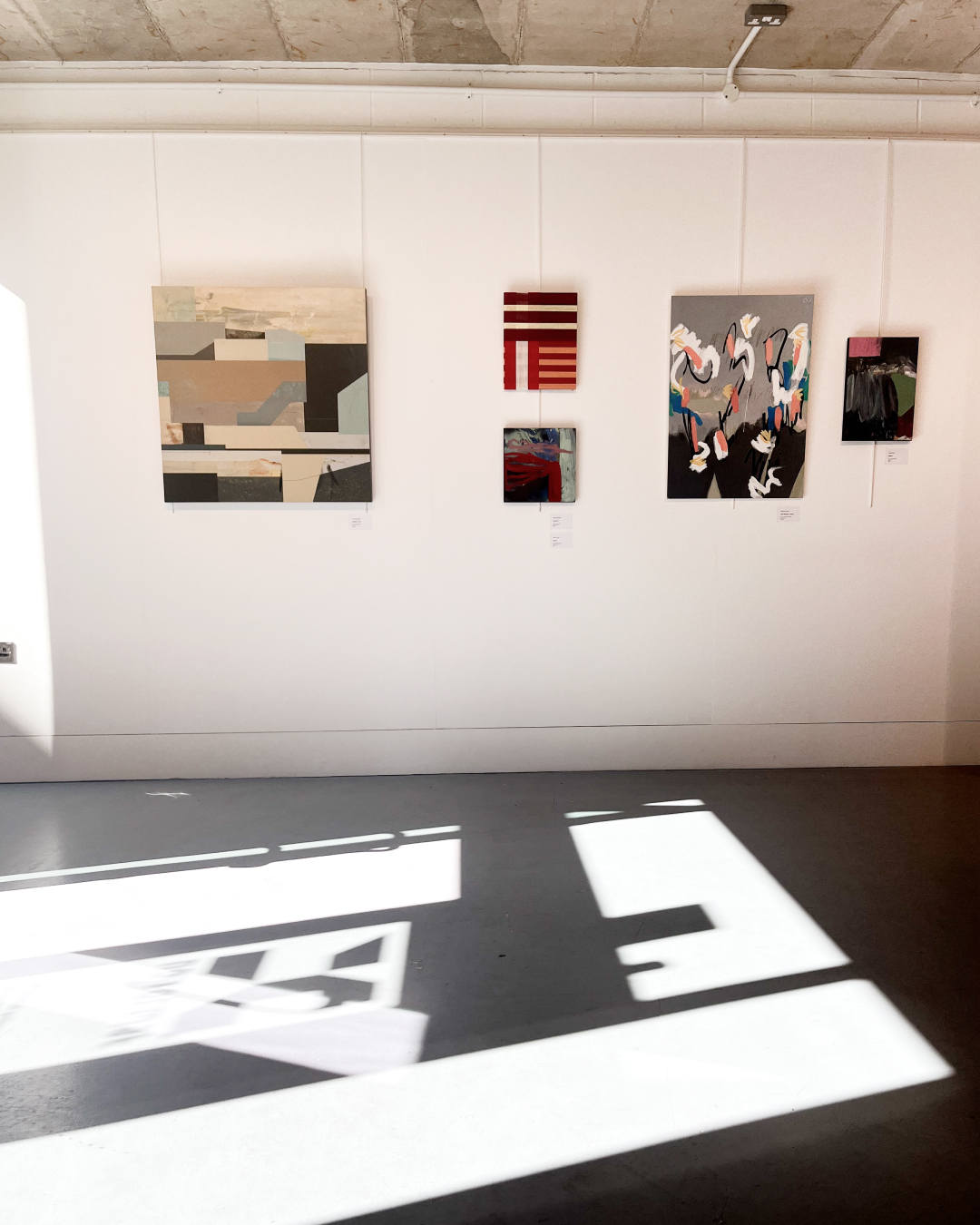
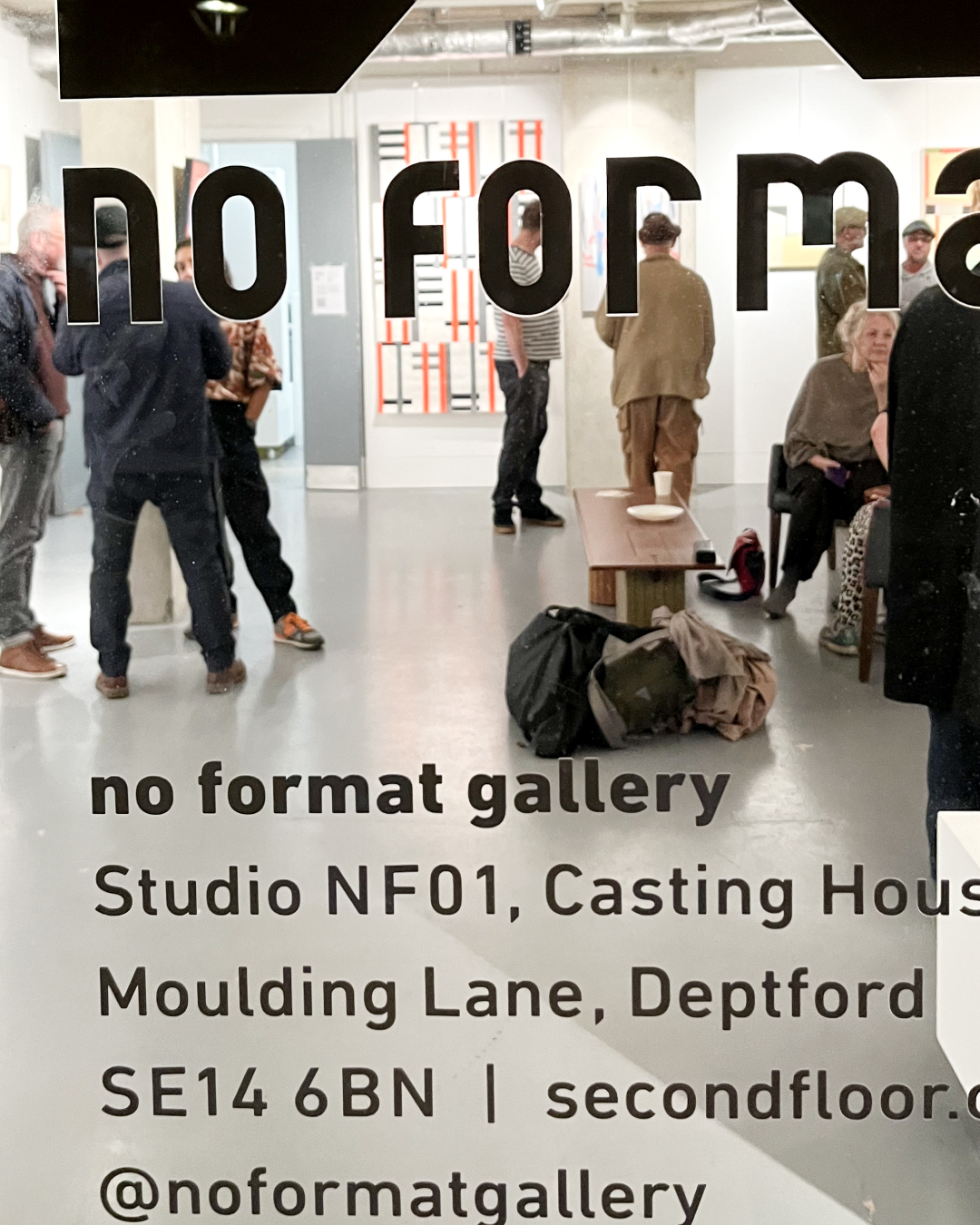
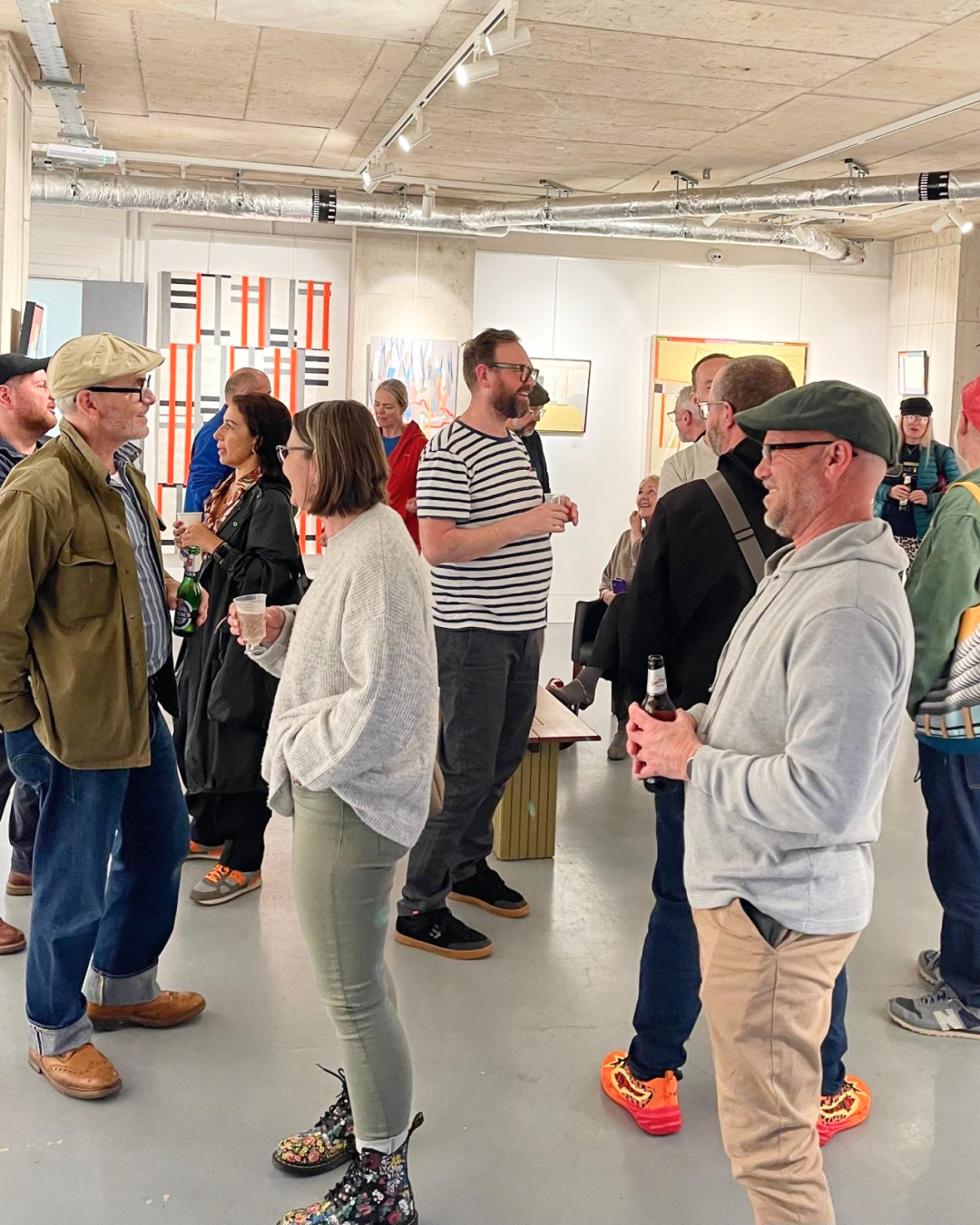
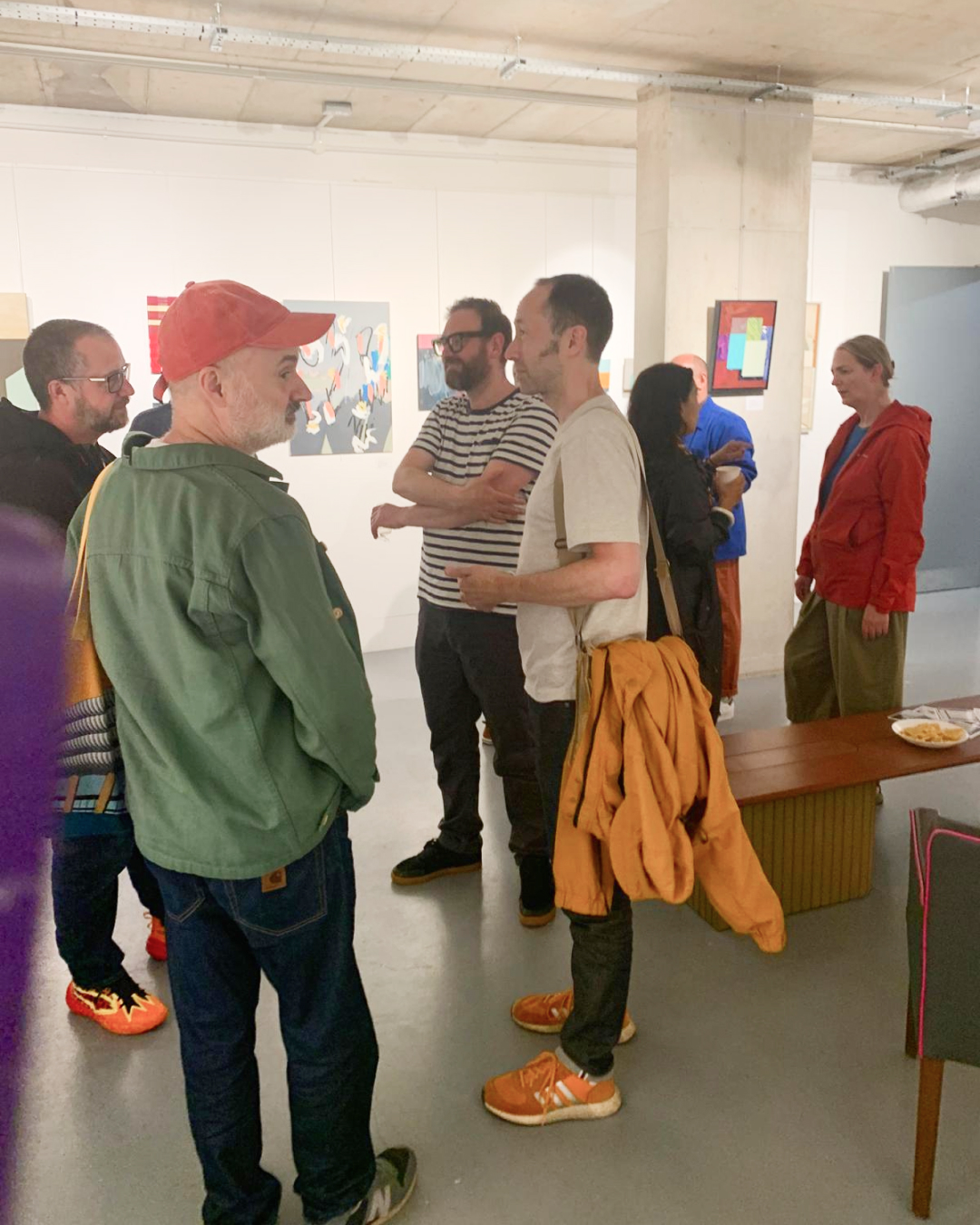
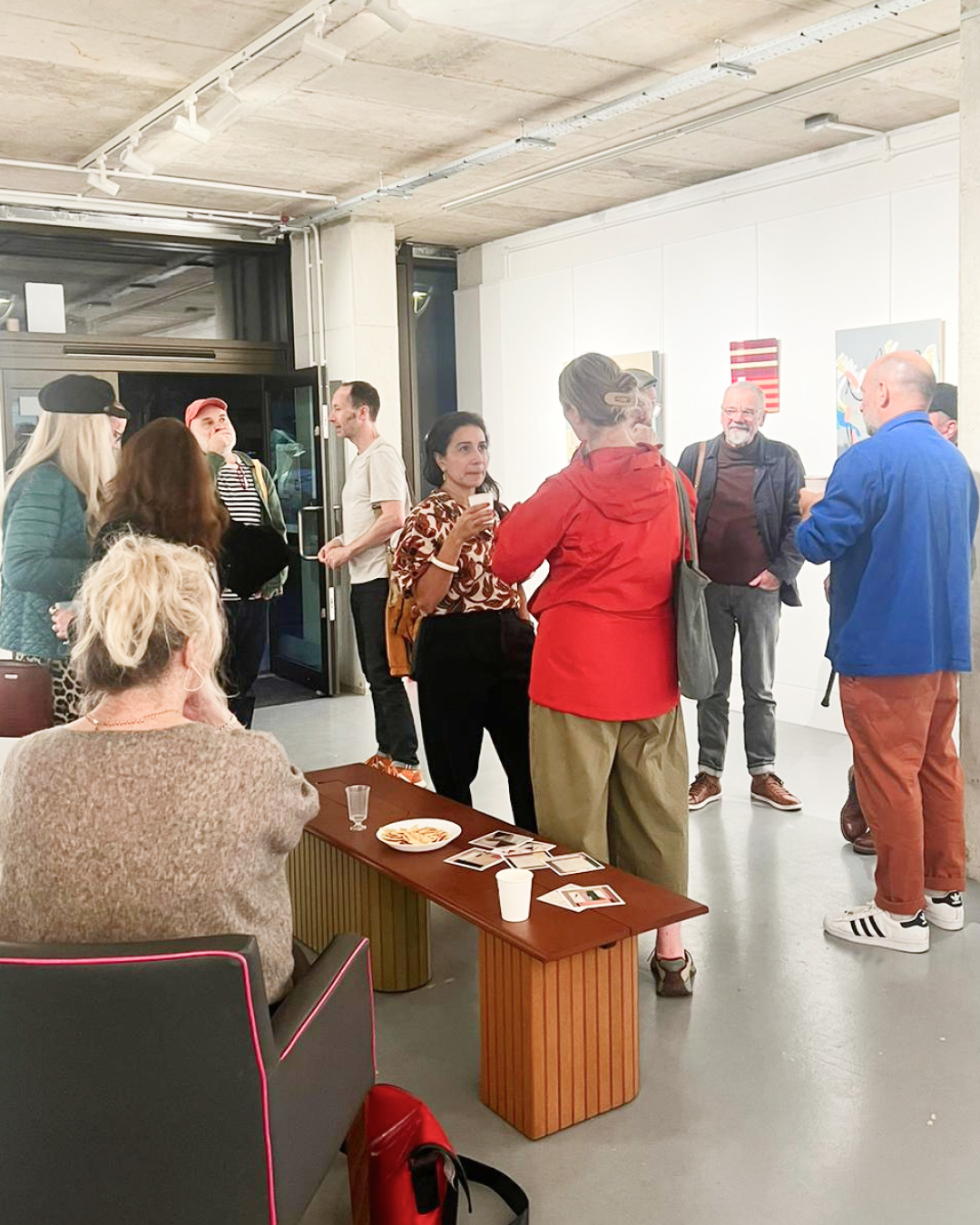

Sara Breinlinger
Sara Breinlinger invites us to witness the magic of re-creation. 'Parts get lost and found in the re-making,' as disparate elements are re-configured and transformed into new compositions and narratives. The process becomes a journey of rediscovery and re-editing, capturing the essence of continual transformation.
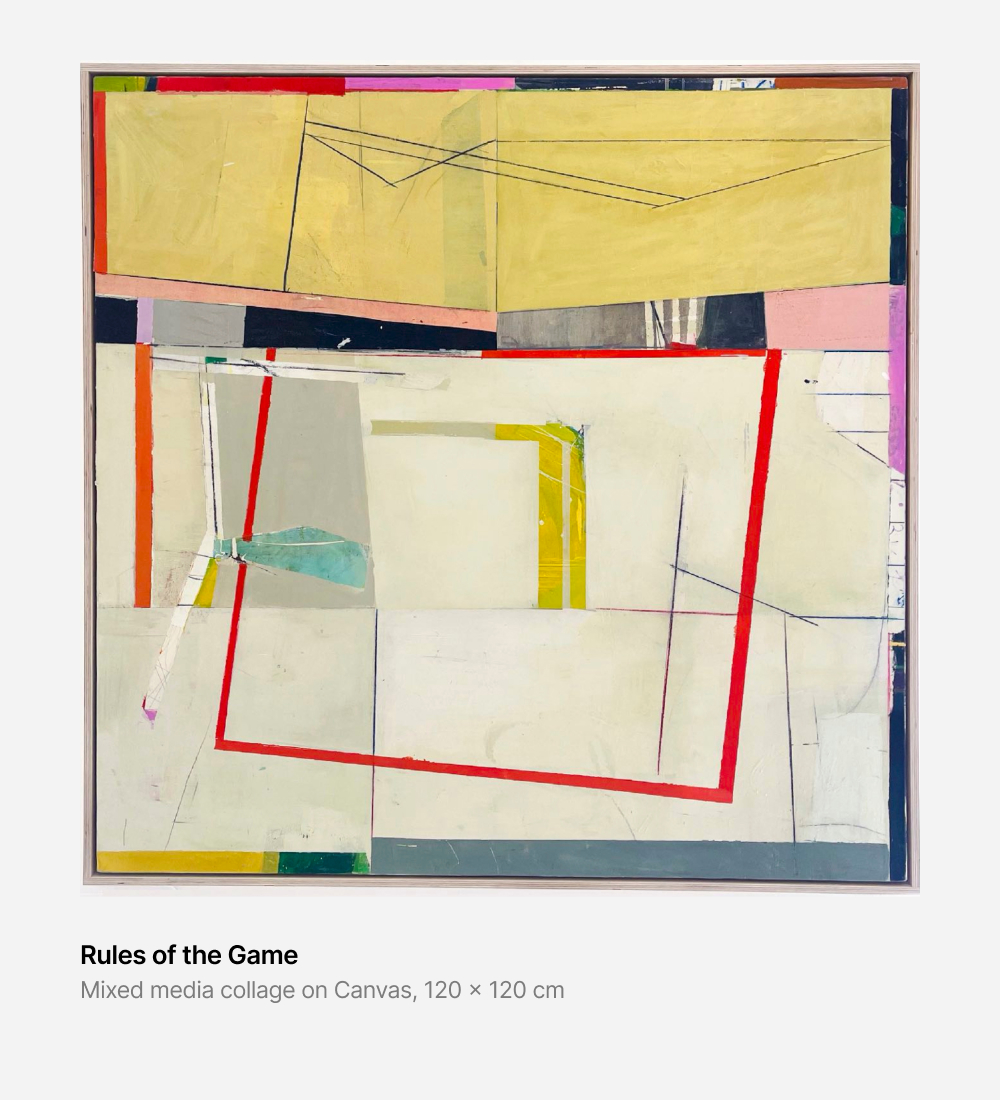
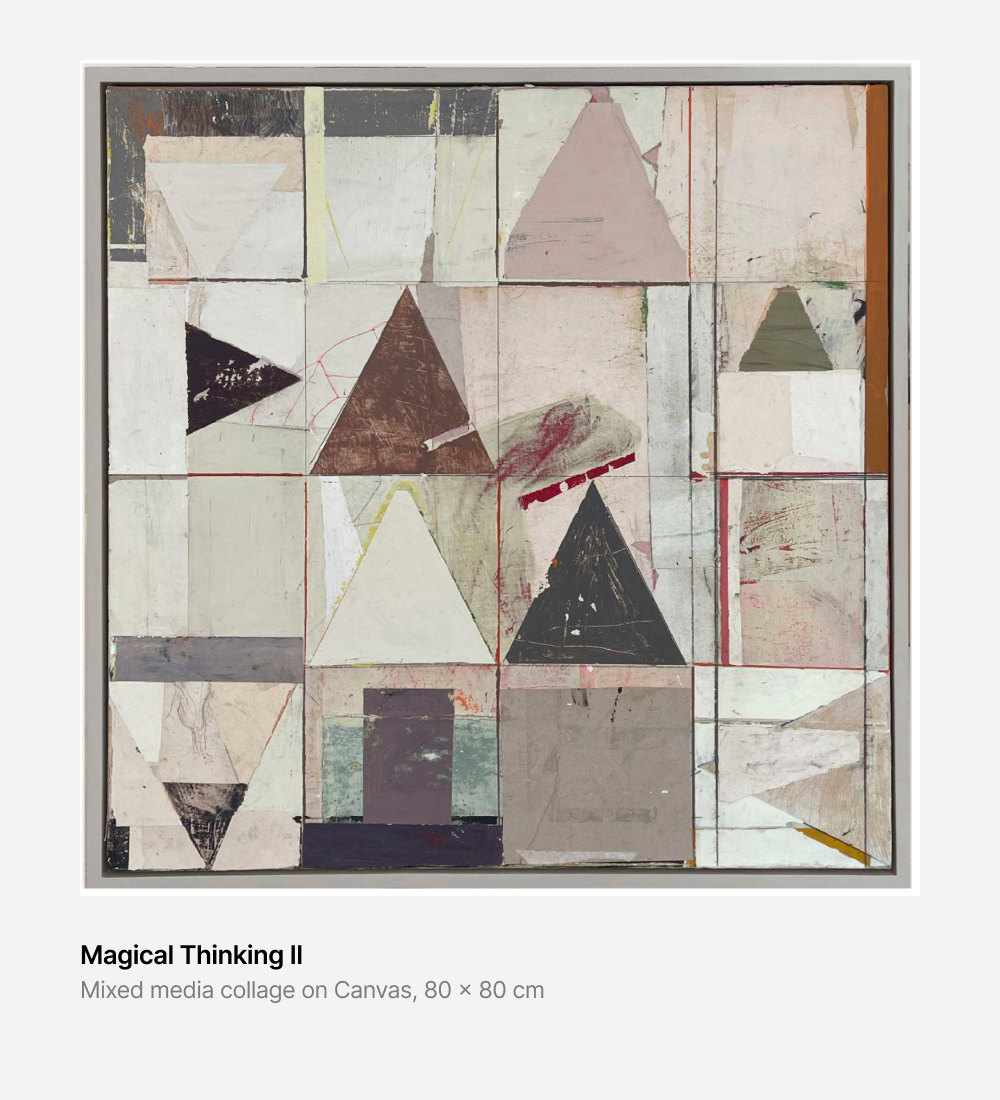
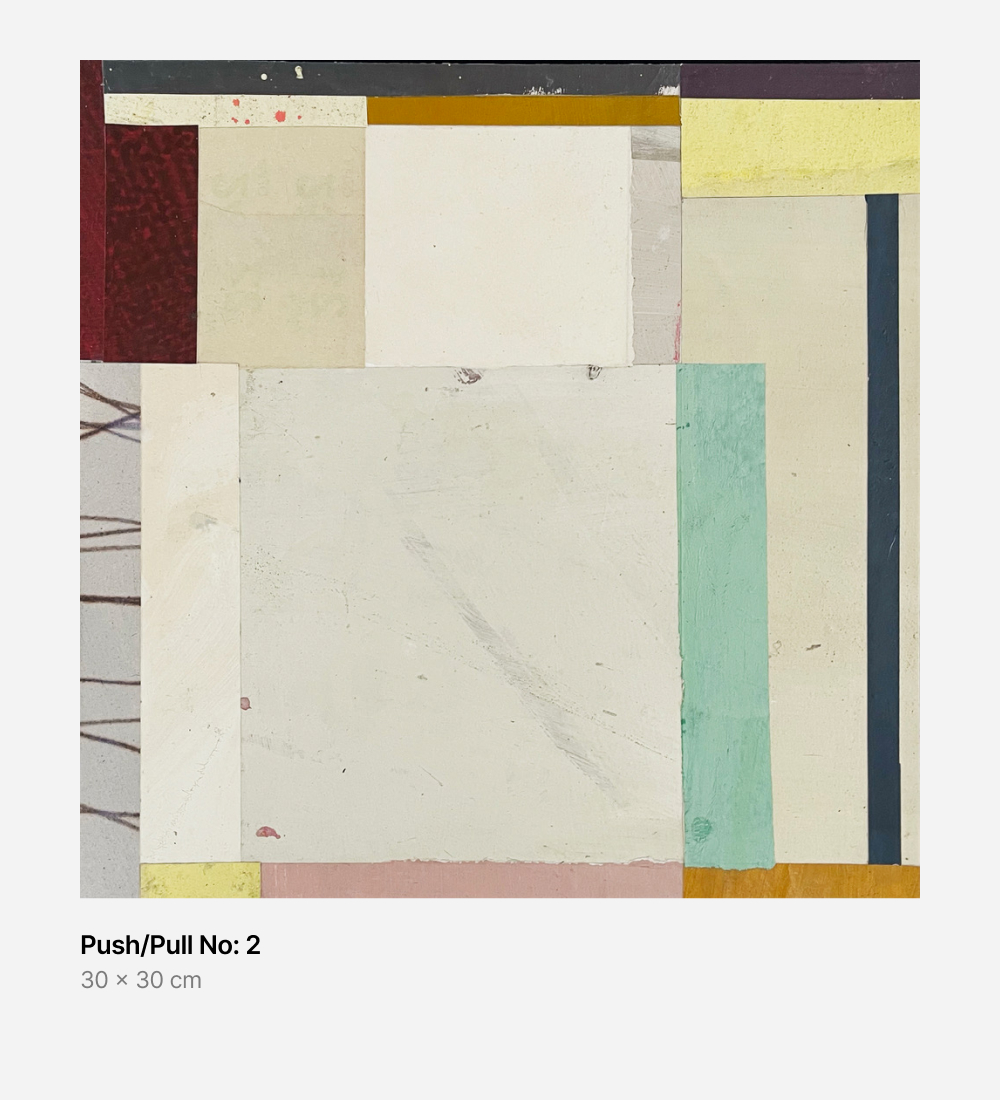
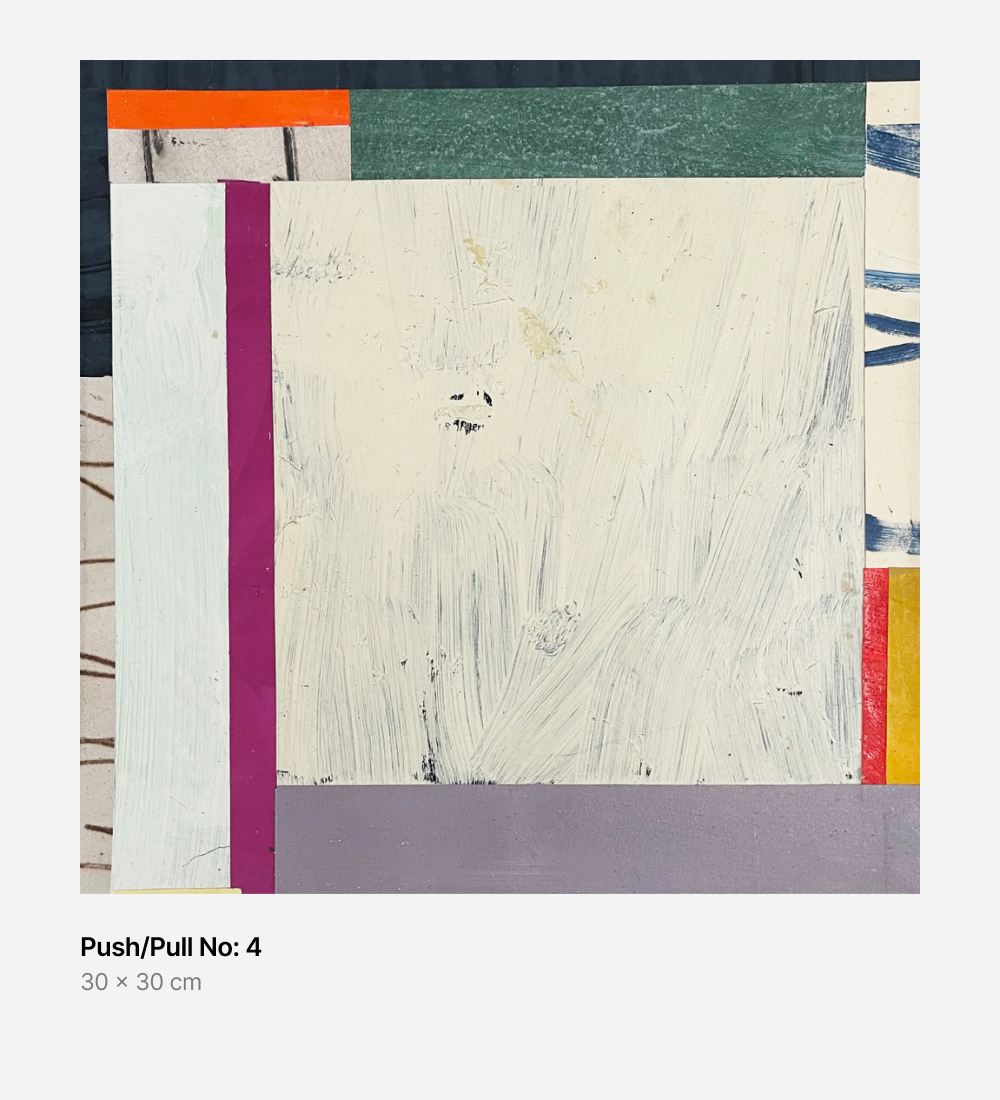
Dan Broughton
My current works are inspired by a love of mid-century and architecture and begin with photographs taken as I walk around cities. I tend to layer aspects from more than one building, then accentuate planes and lines from each one assembling a new, abstract structure - sometimes one of the original buildings is more evident in the finished piece while other finished paintings are purely abstract. The paintings often change drastically as I concentrate on the abstract image, playing with colours and depth to create a cohesive surface to the work while retaining a feeling of space. I also use pale washes to create 'veiled' areas which without detracting from the overall composition subtly reveal the process that the painting has gone through.
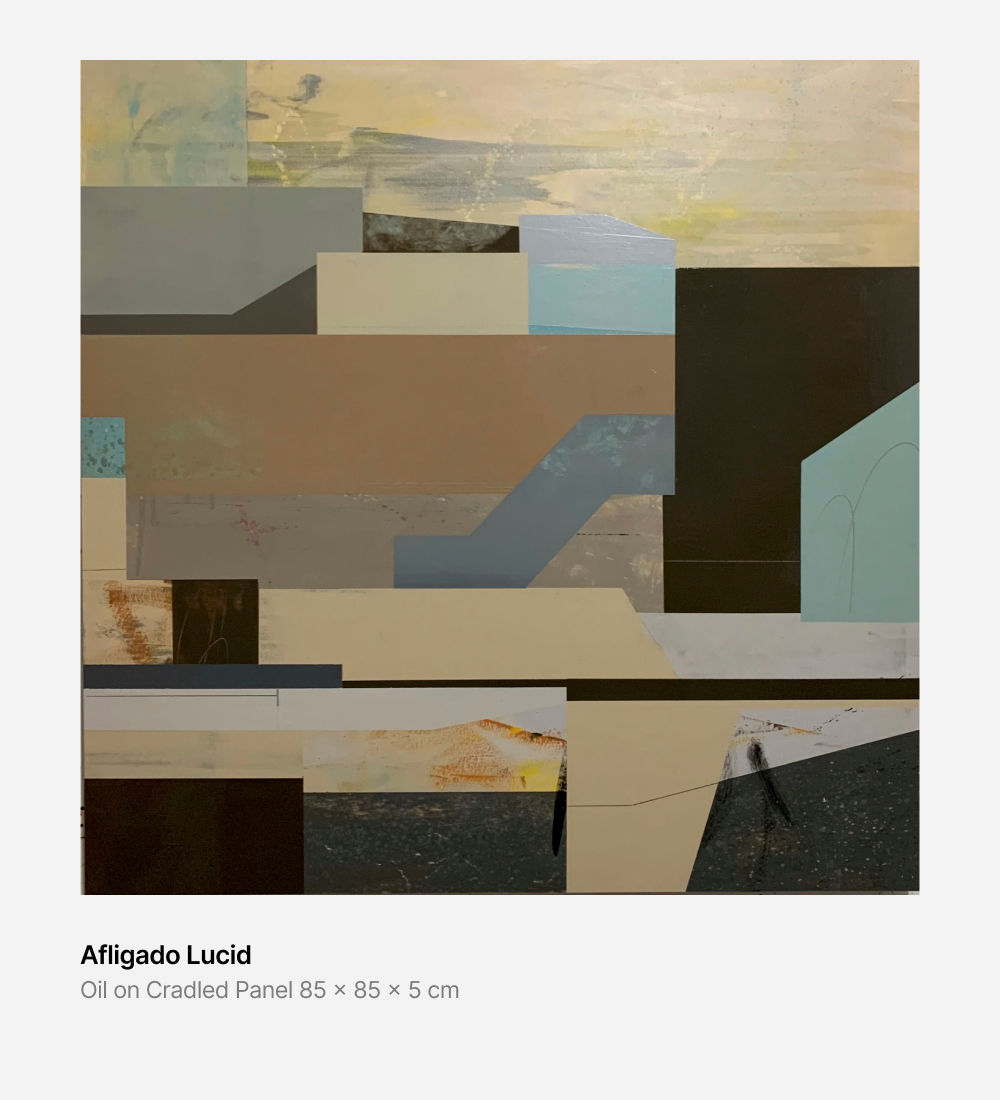
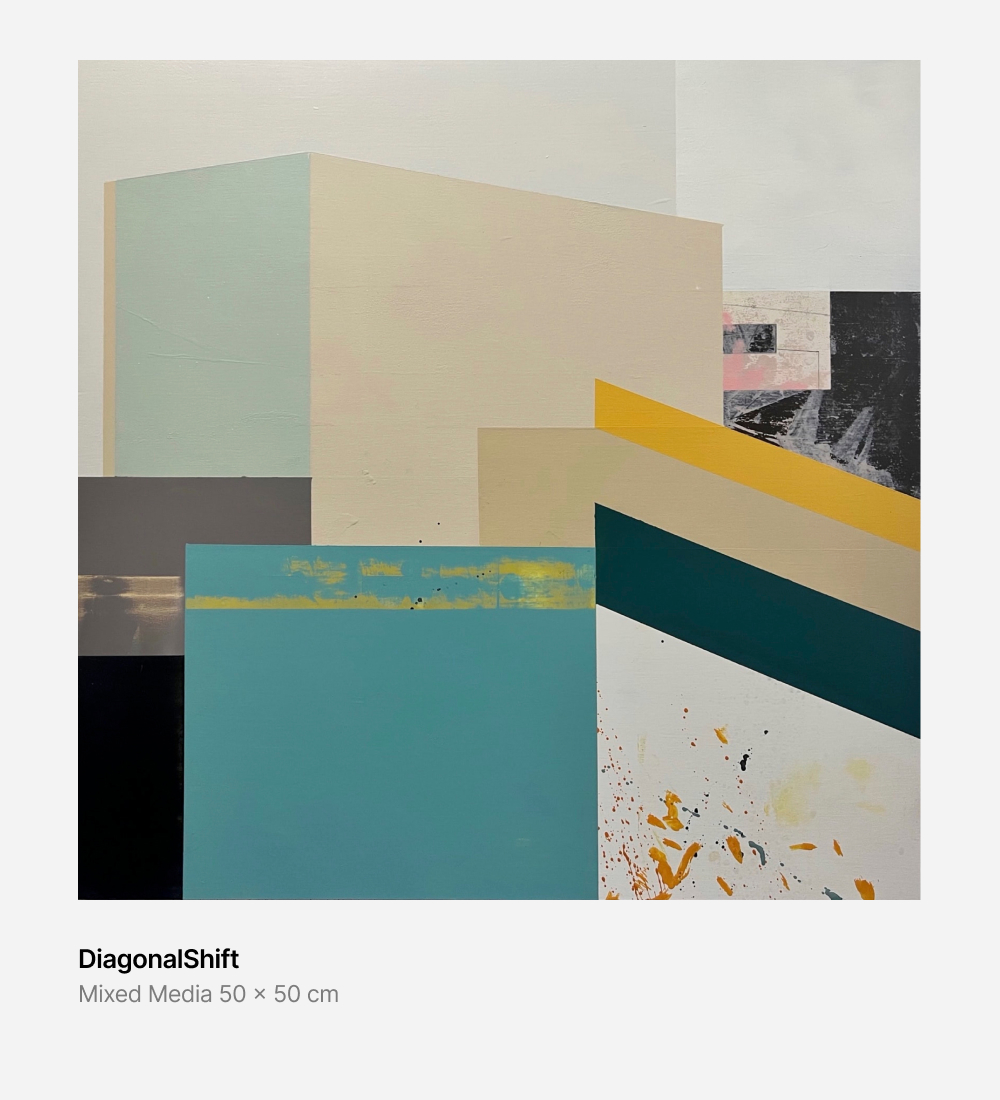
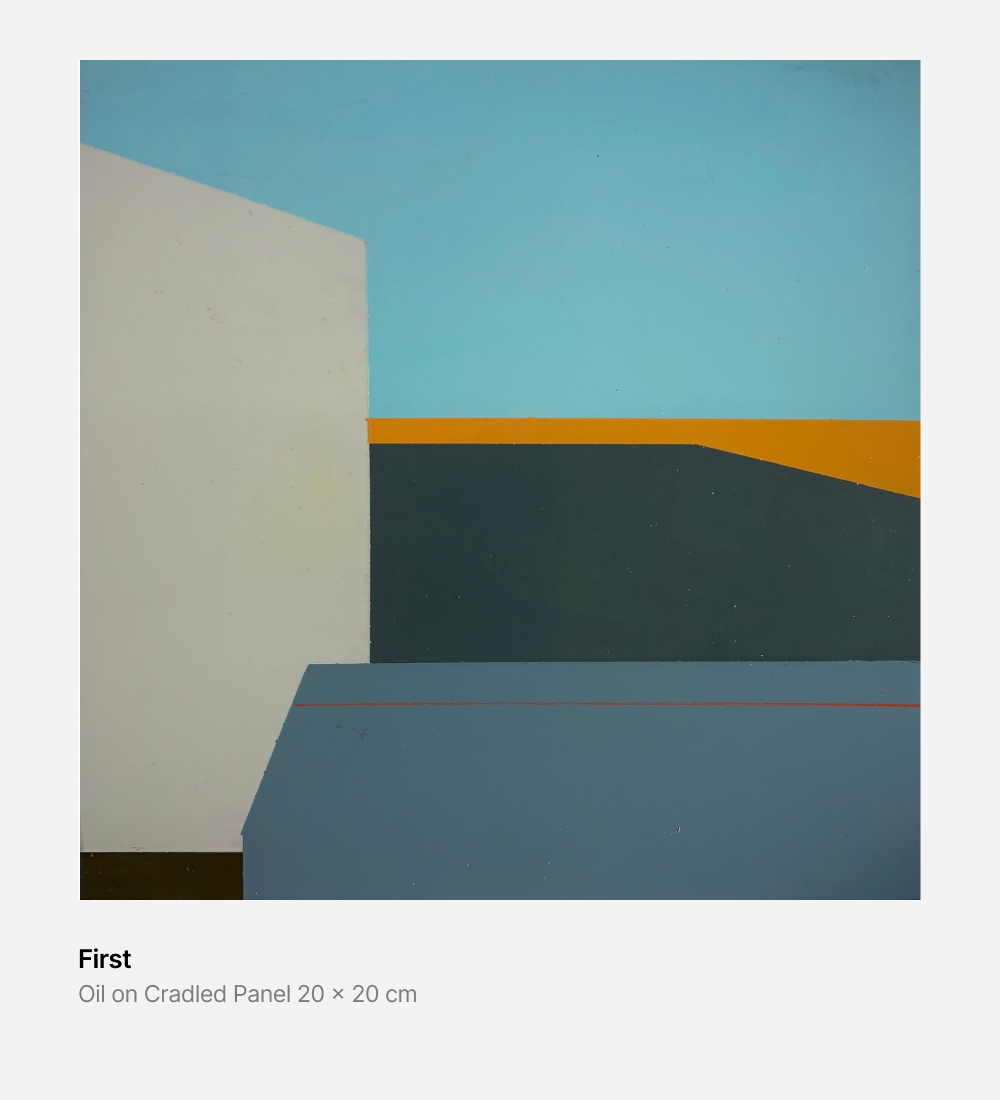
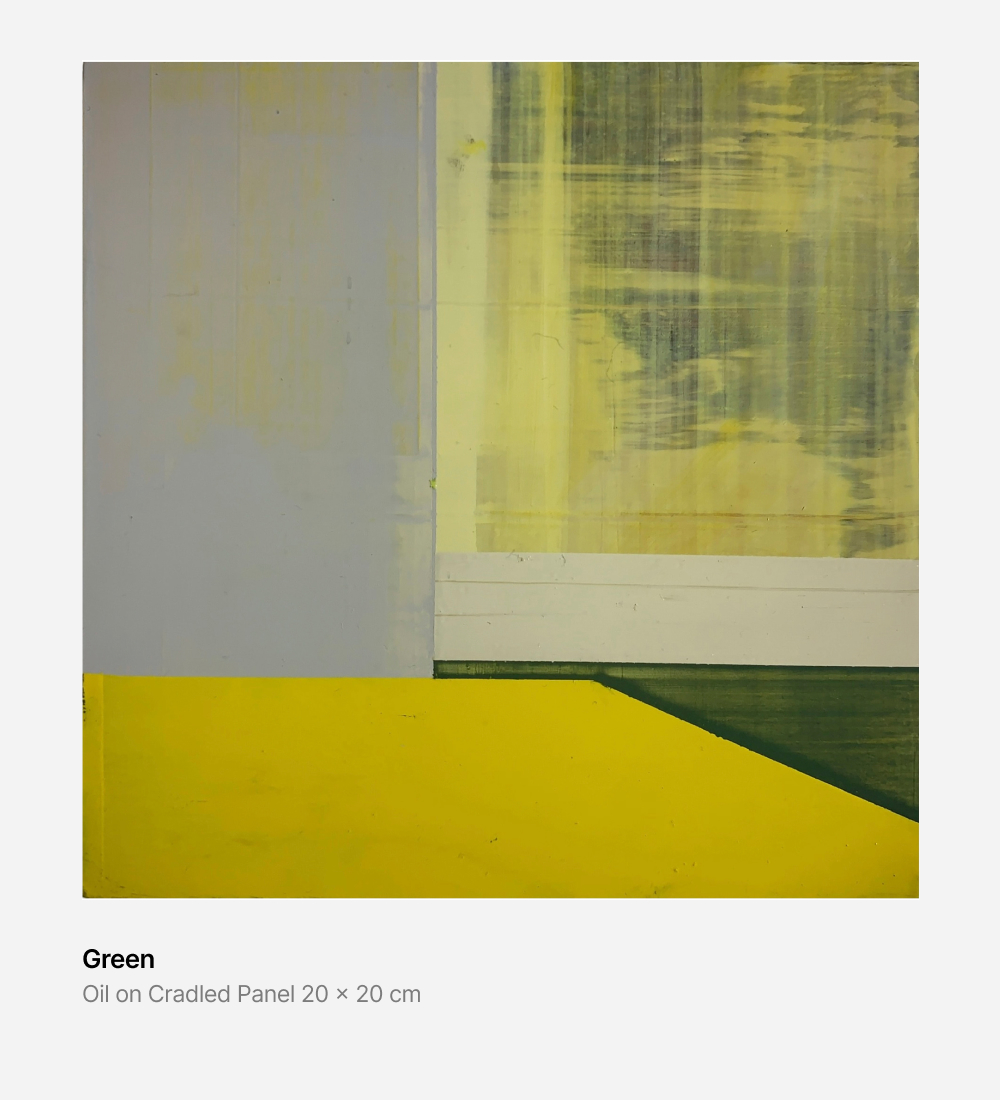
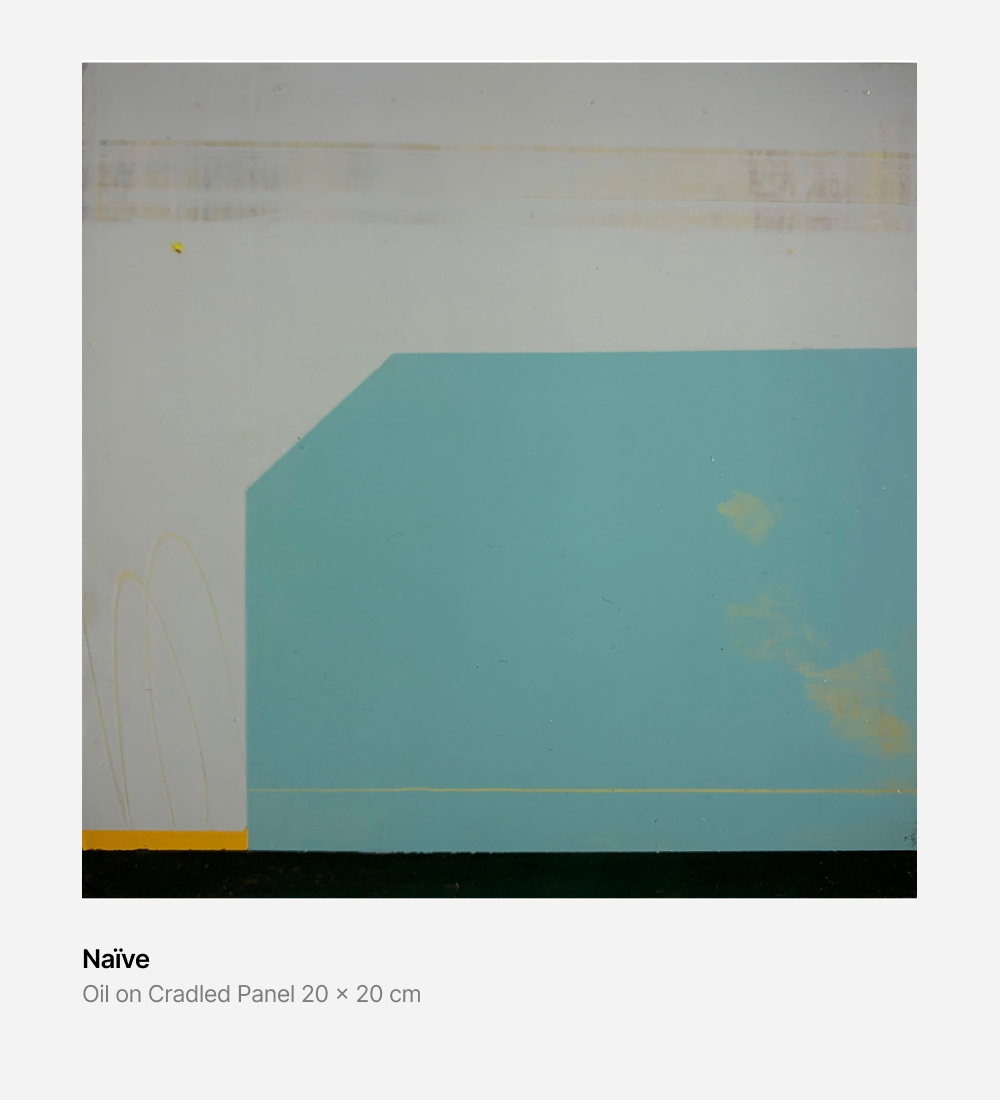
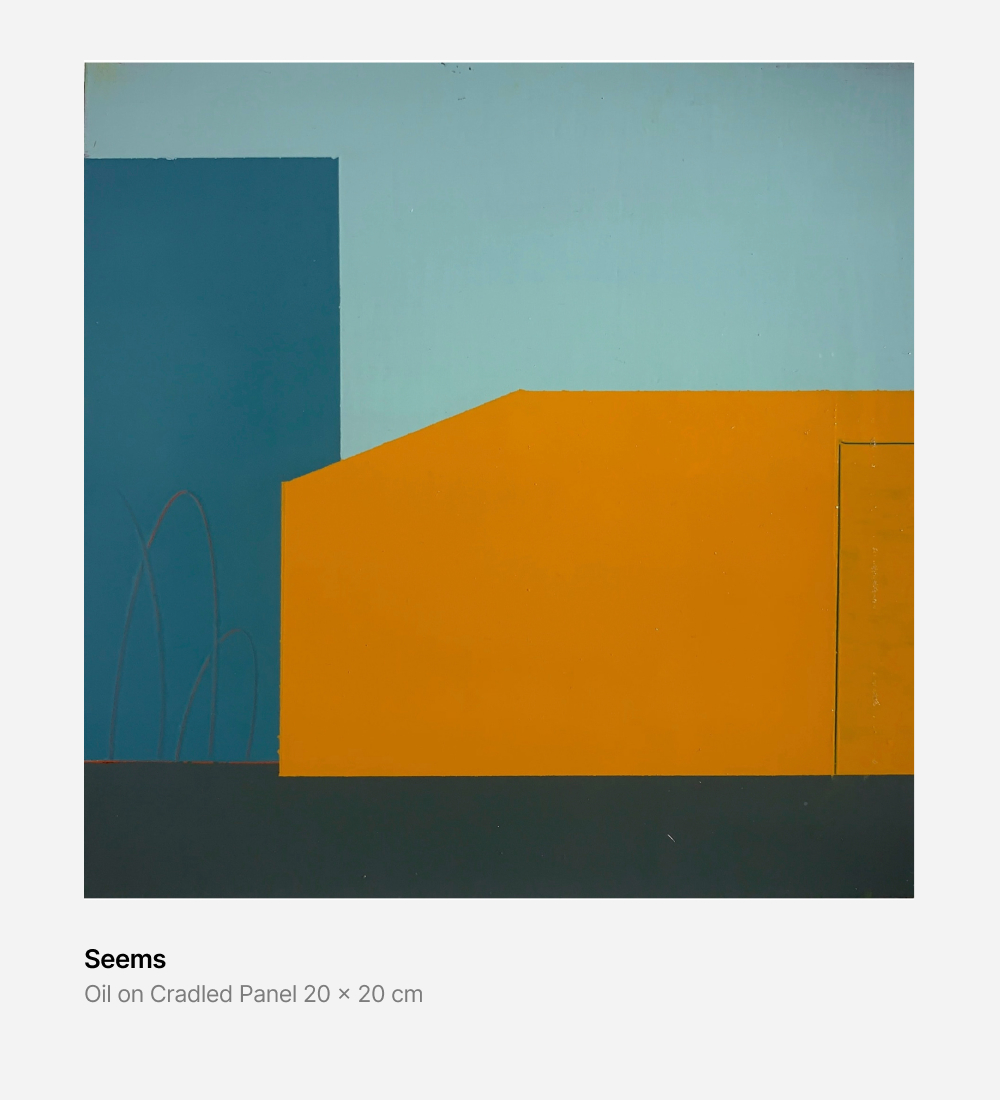
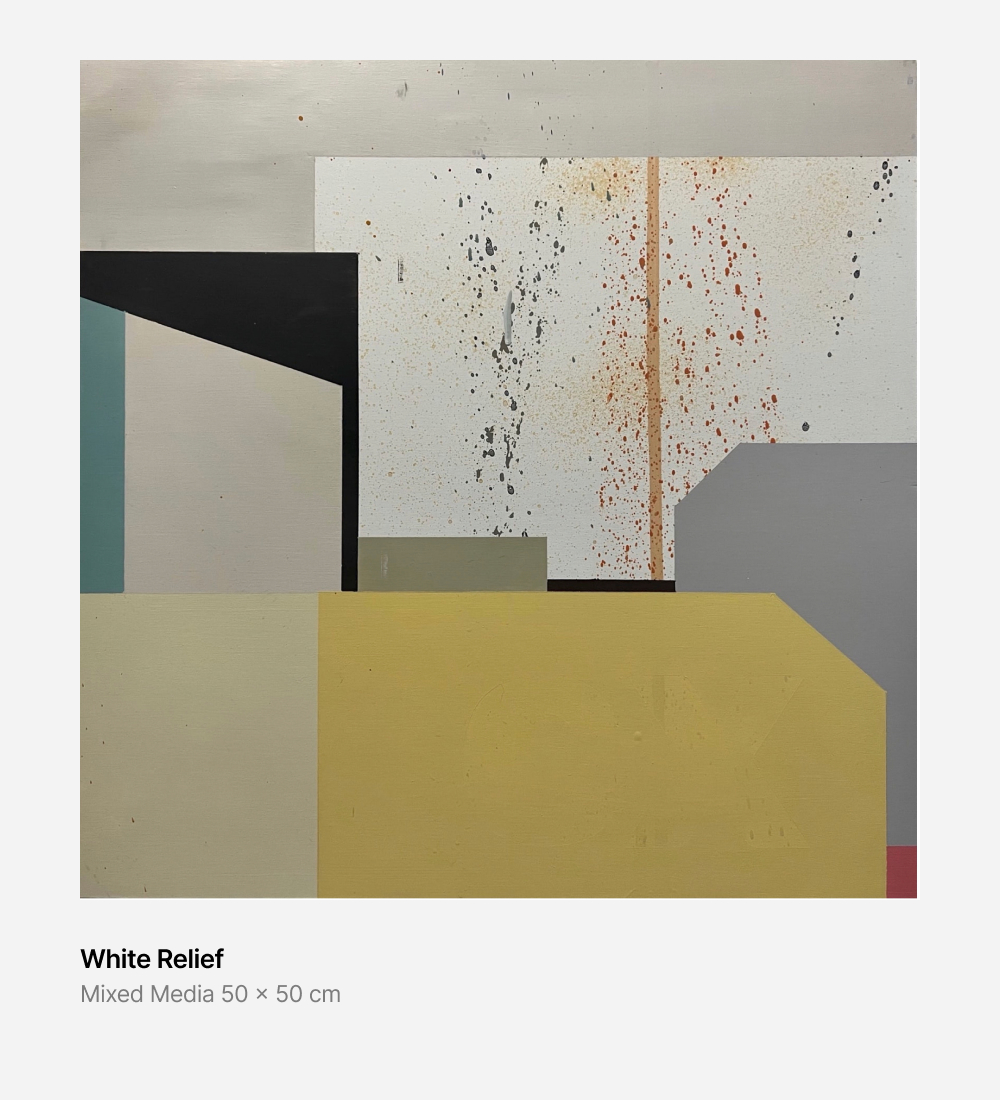
Katya Derksen
Inspired by architecture and geometric forms, Katya works across various creative disciplines including collage, painting, textiles and screen printing, demonstrating a bold, graphic and energetic experience. Space often defies the dimensions and materiality of the work, utilising the arrangement of lines and how they interact and affect one another through the experimentation of colour and composition, which are some of the fundamental aspects visualised through her work. As part of her research, Katya makes notes, sketches, photos and converts them into new ideas - her work reflects the effective use of minimal sentiment and engages with architectural and typographical structuring to break up and re-evaluate the visual space within her works. The installations are composed of materials including acrylic, canvas, ceramic tiles, glass, paper, tape, thread and wood connecting aspects of daily life in urban environments and two and three - dimensional work. The continuous lines allow for the transformation of the dynamics into an energetic space. Katya seeks to interrogate and inquire about space and relationships within it, the aesthetic as well as the functional.
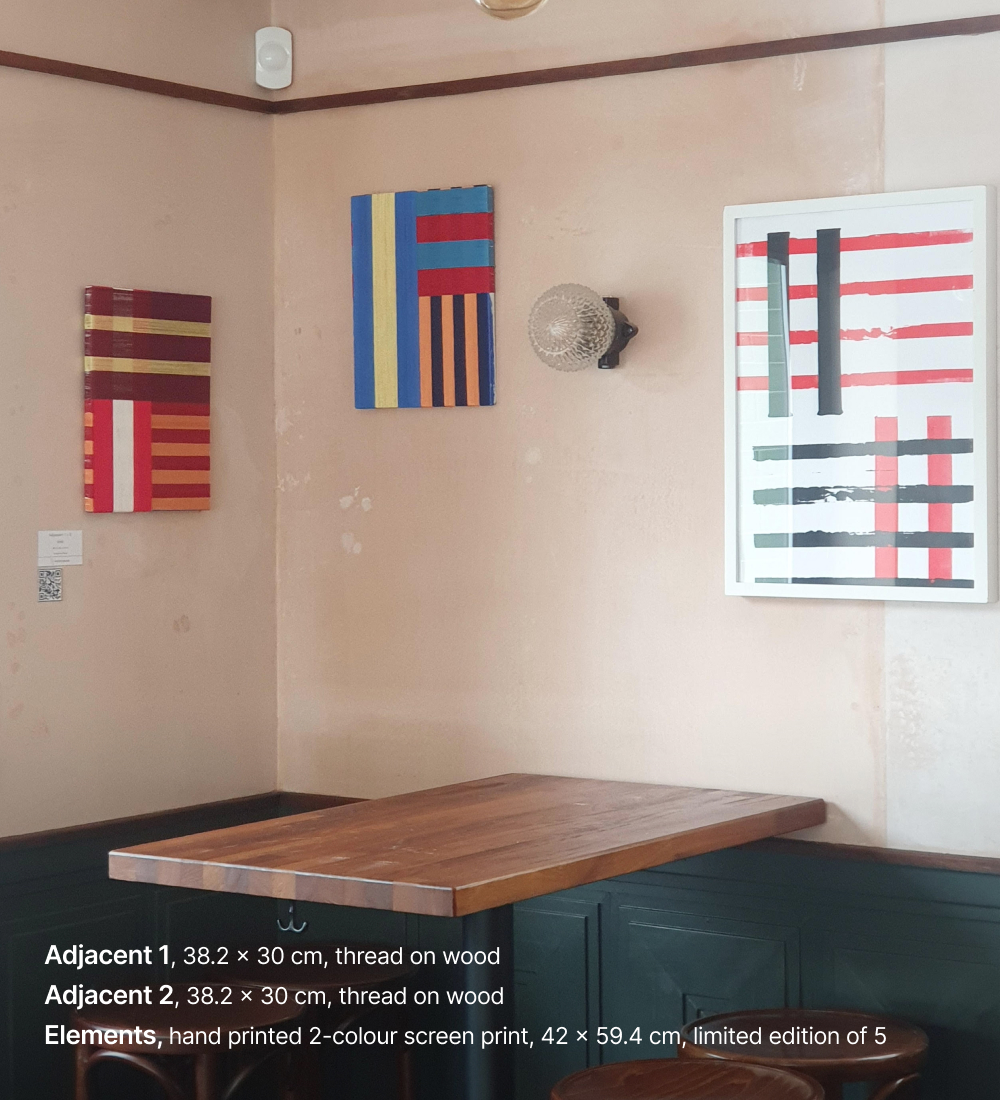
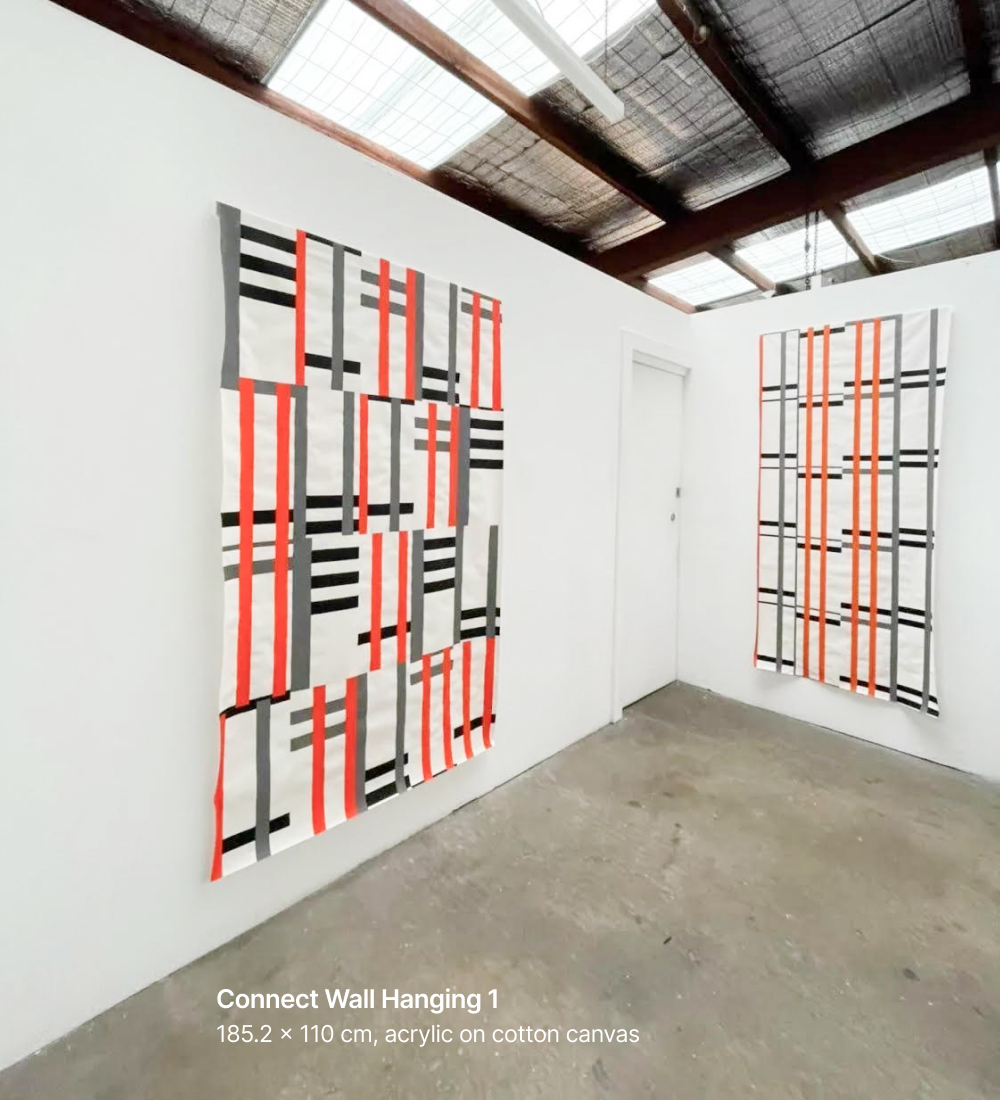

Stephen Keane
Interpretation often takes for granted the sensory encounter with a work of art and proceeds from there. My mission is to reclaim our senses so that we may see and engage more deeply. By cutting back on content, I allow for extended periods of observation and reflection. Throughout this process, I consistently emphasise the materiality of the painting's surface, which serves as a surrogate for the body. It is within this surrogate space that the dialectic of looking unfolds, reconciling the extremes of fragmentation and wholeness.
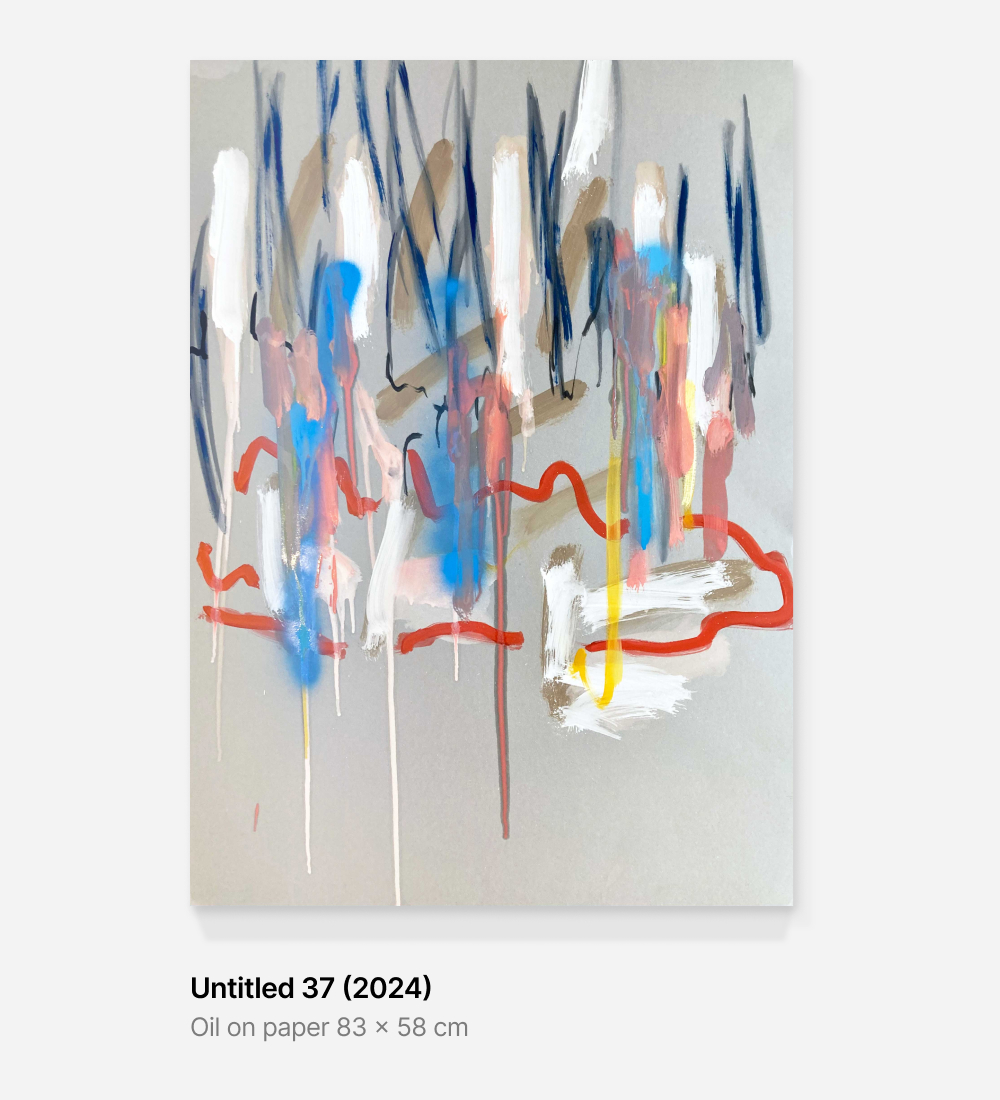
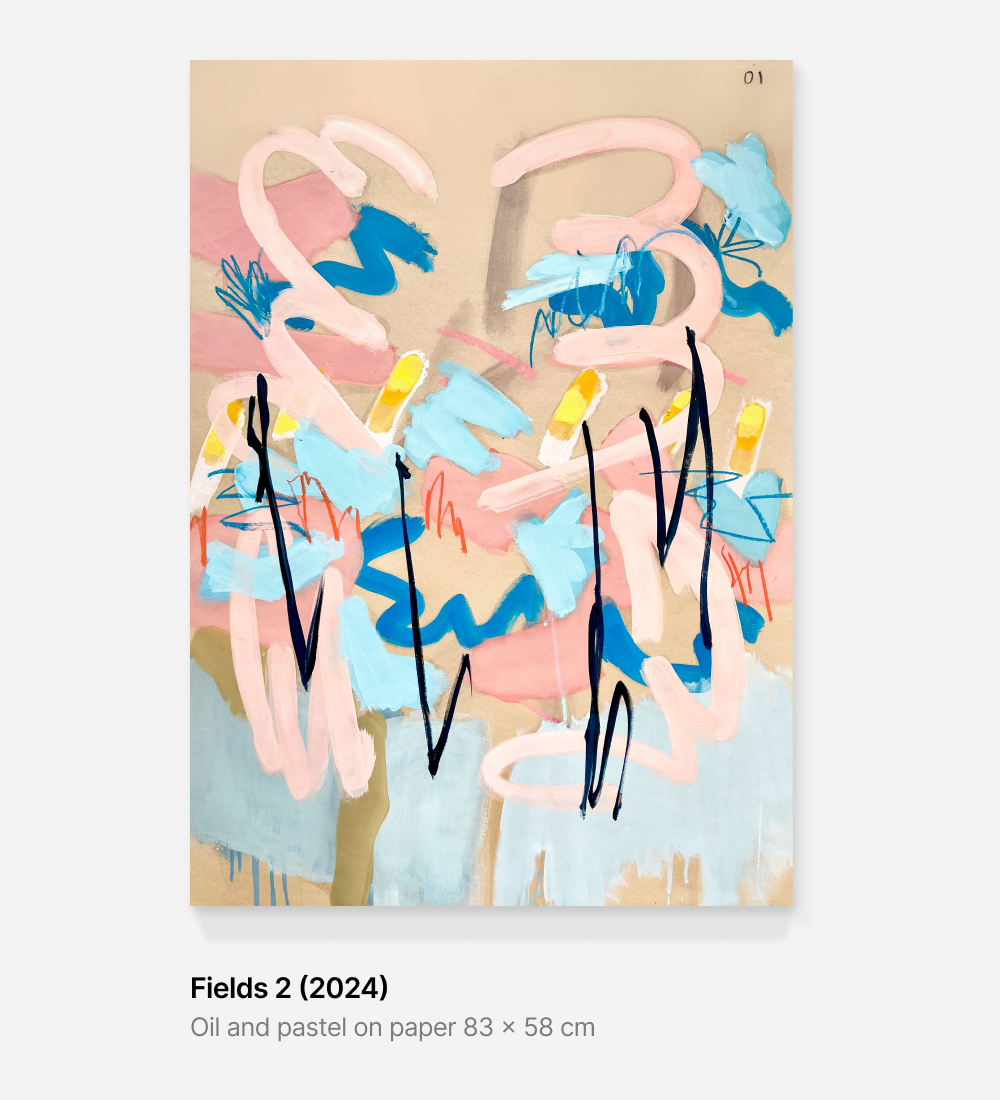
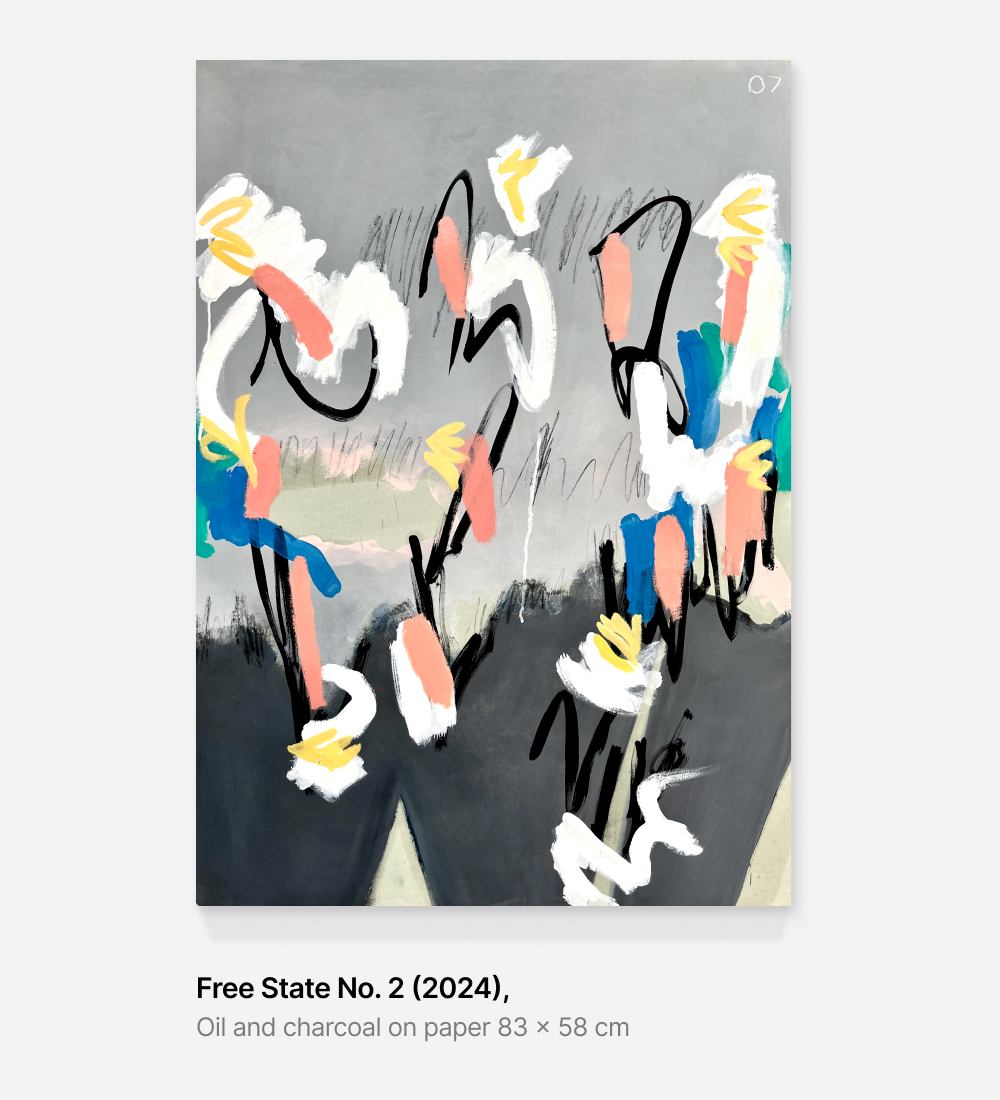
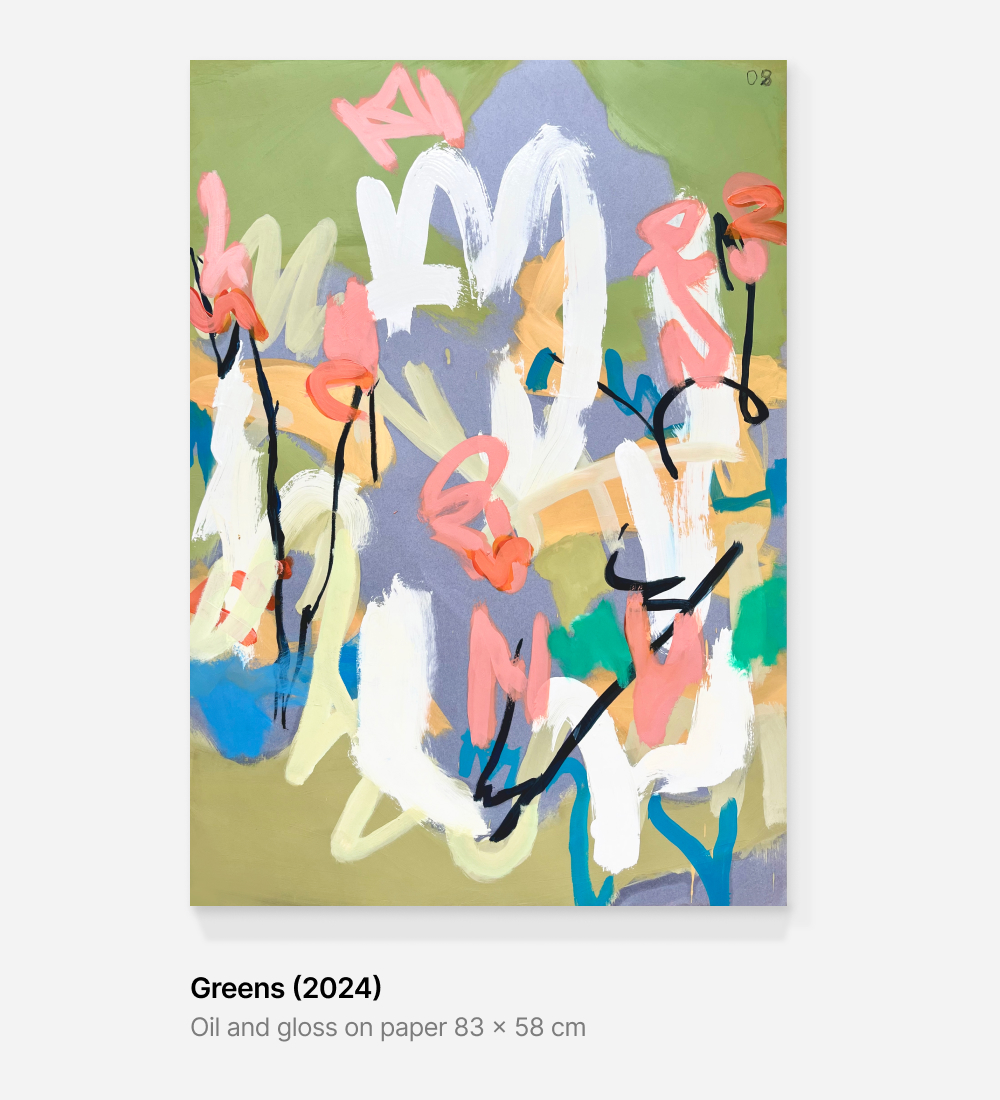
Johanna Melvin
Johanna Melvin's abstract paintings sometimes reference architectural detail or the everyday experience of living in an urban/suburban environment. Combined colour, form, gesture and hard edges respond to fleeting visual sensations. At the root of her work is a curiosity about colour relationships and a playfulness mediated by elements of control.
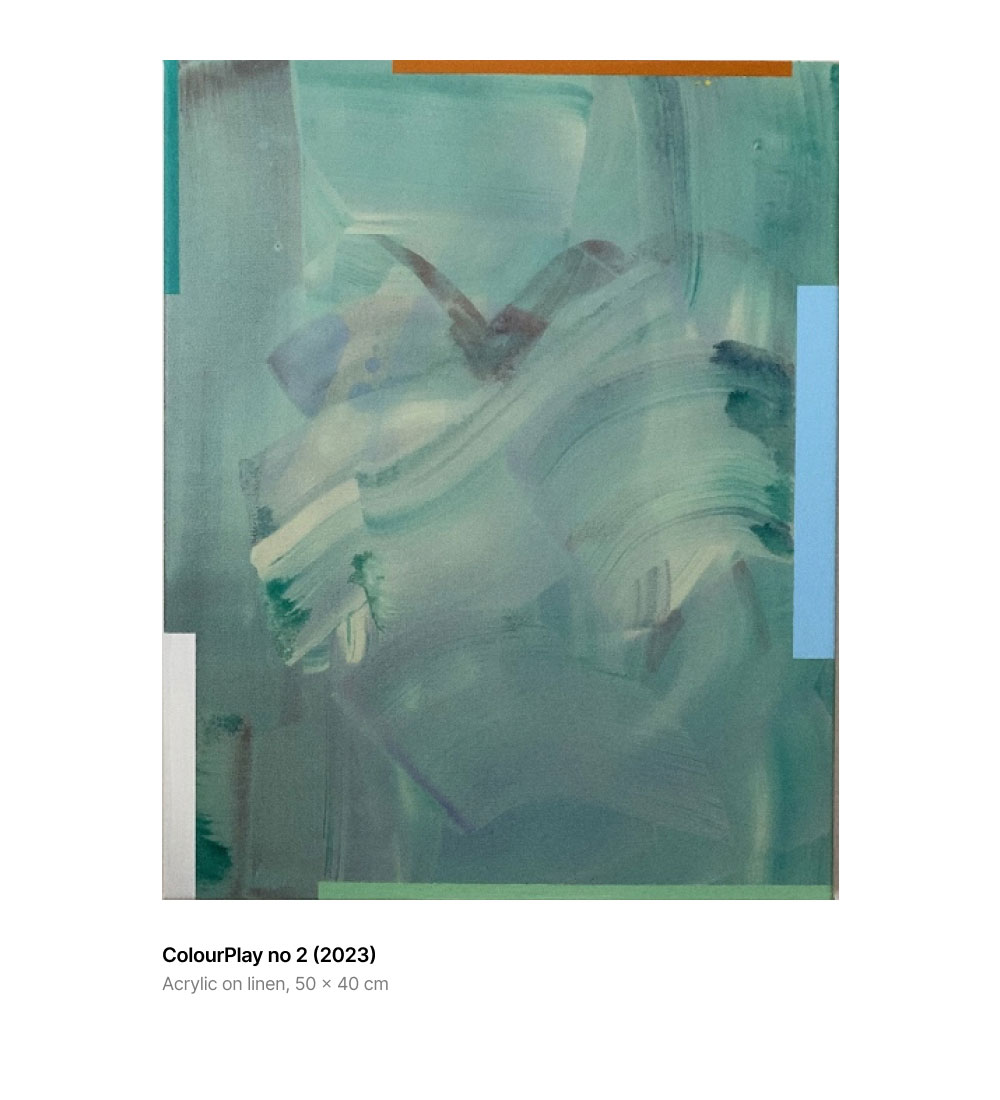
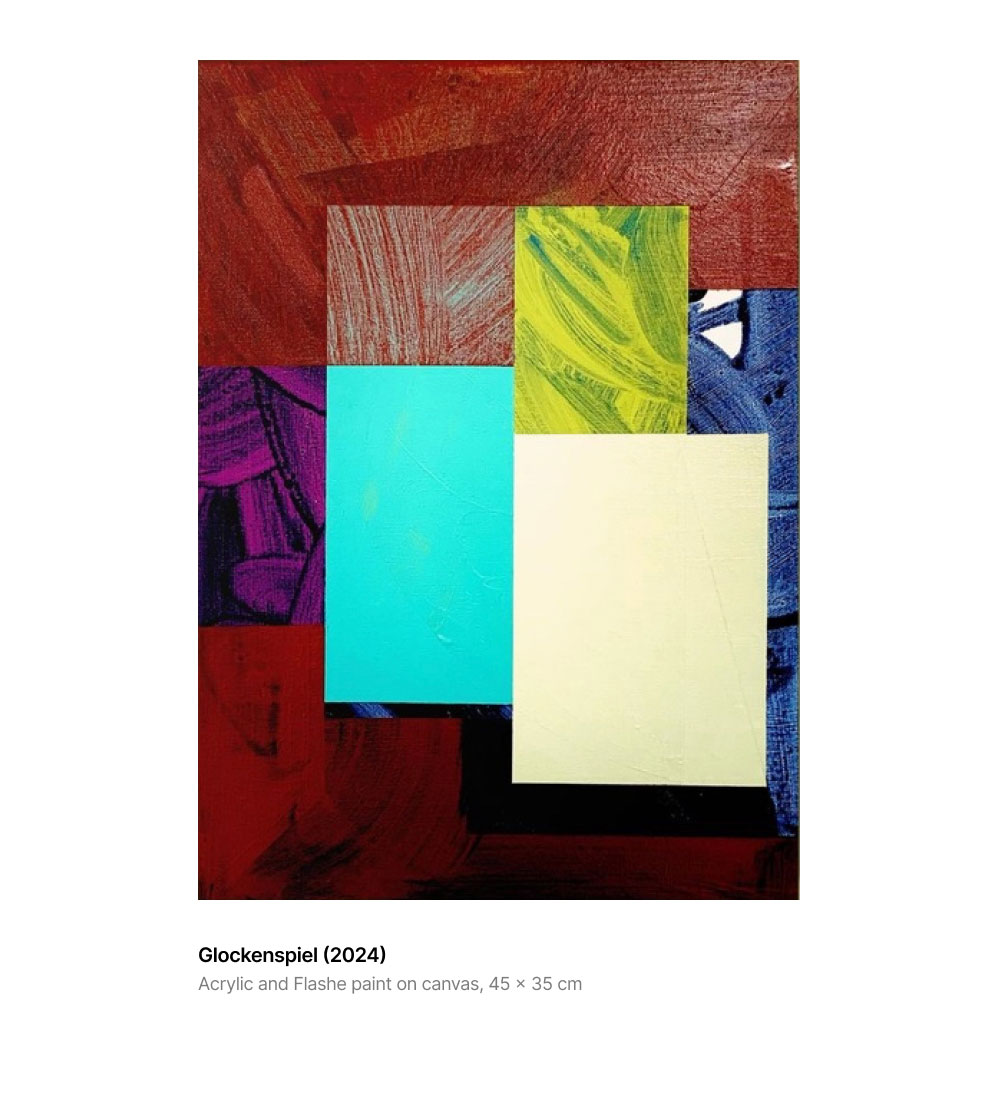
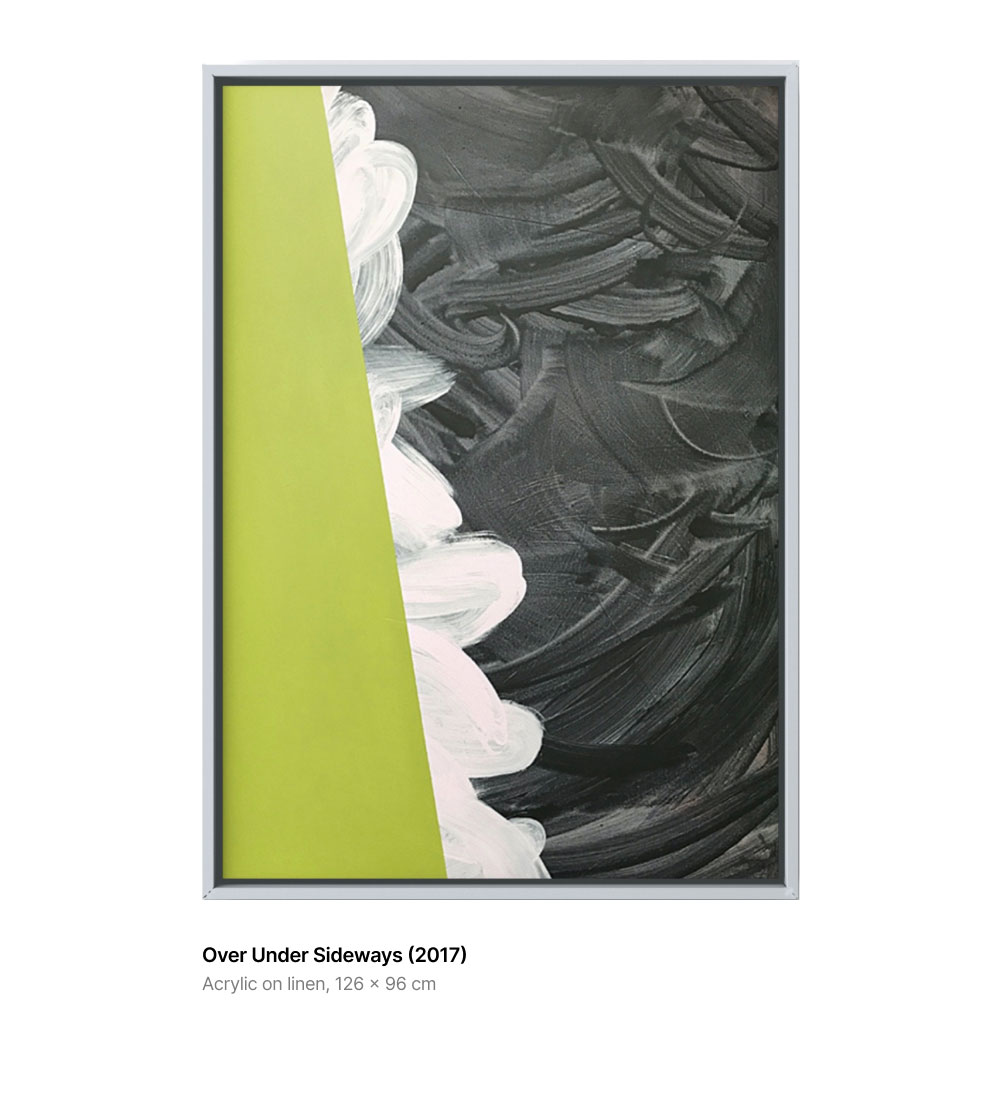
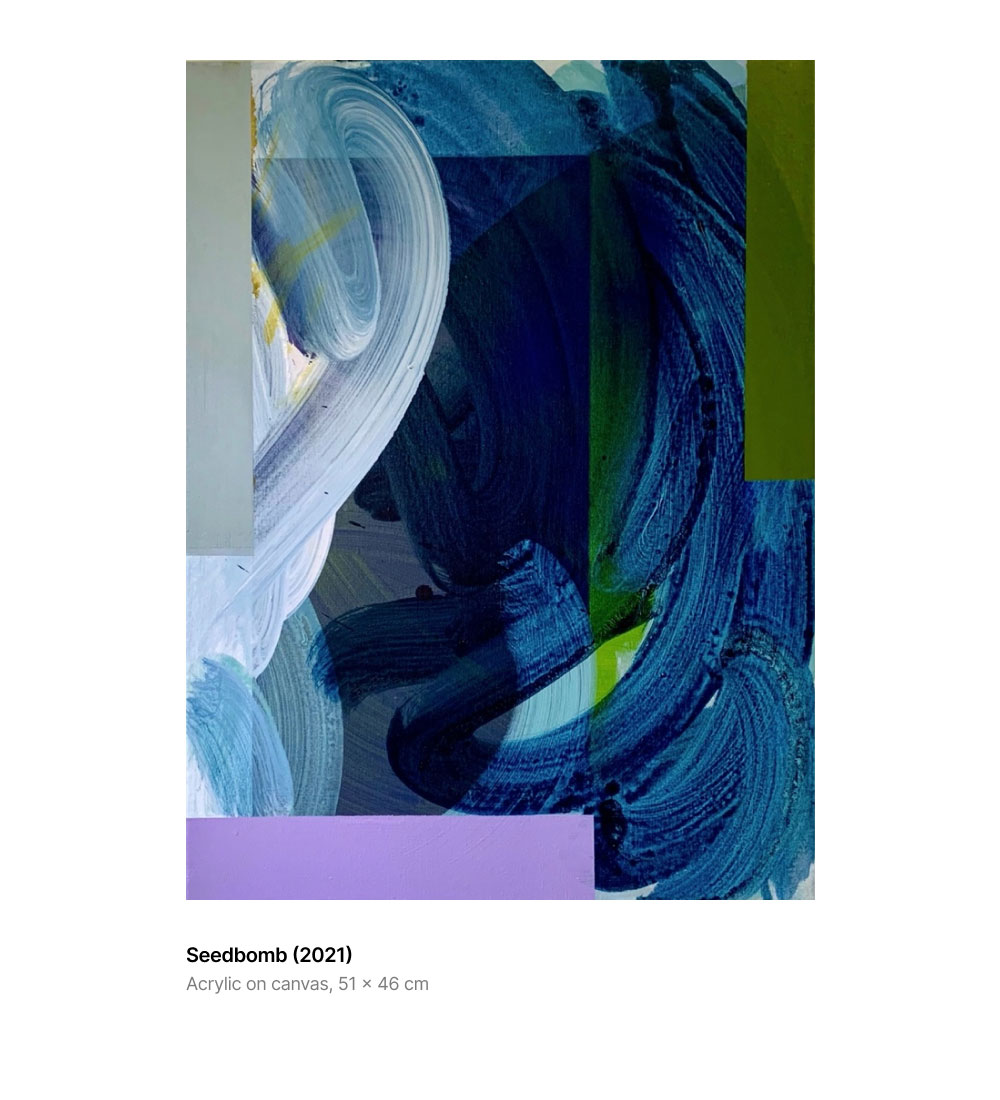
Julian Scott
Julian Scott invites us to explore the language of abstraction itself. 'All abstract art communicates by analogy,' as the materiality of paint and colour, along with the physicality of gesture, converge to create a dialogue of marks that respond and develop organically. The artist delves into an 'imagined experience,' exploring a personal, lived spatiality of time, place, movement, and context.
